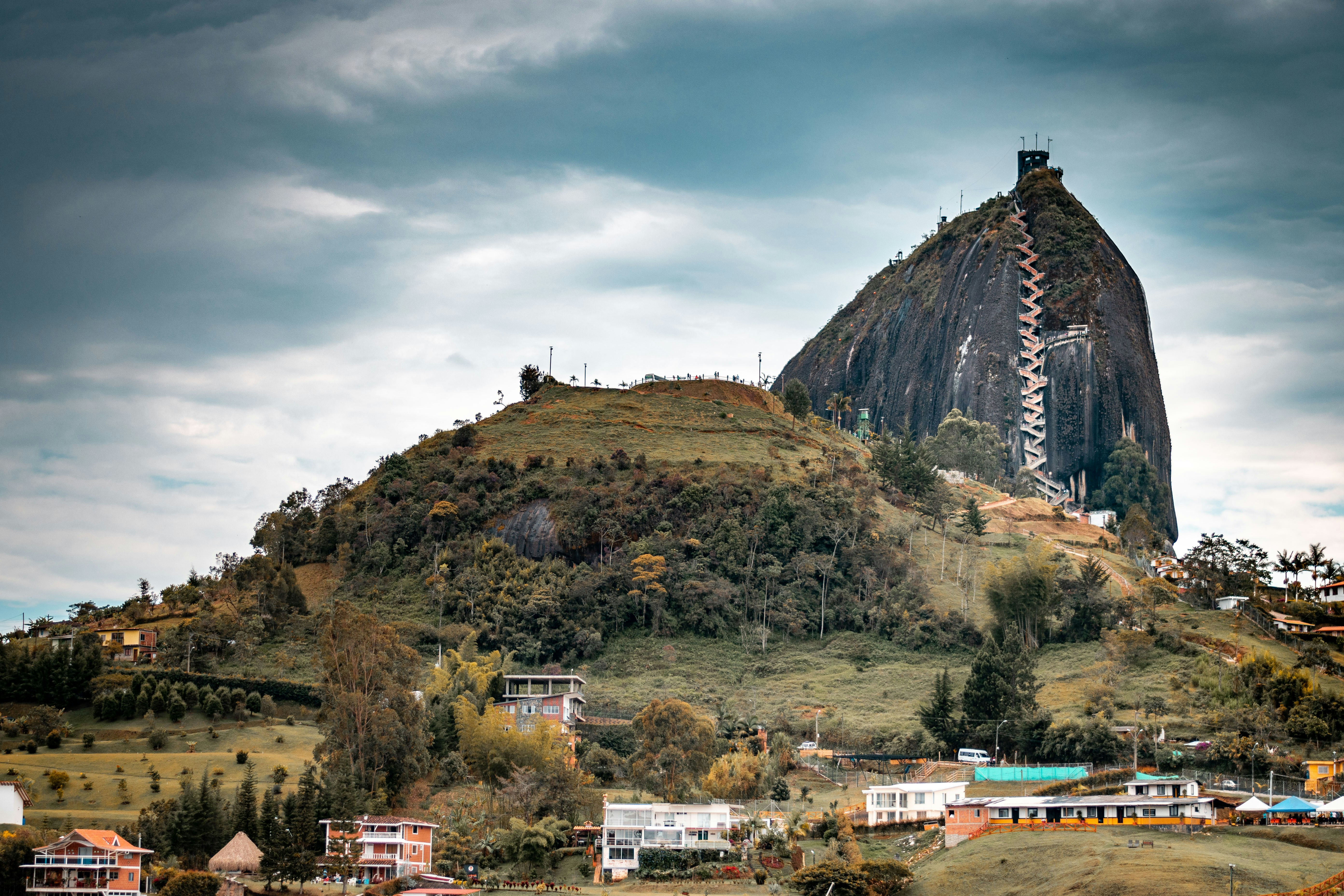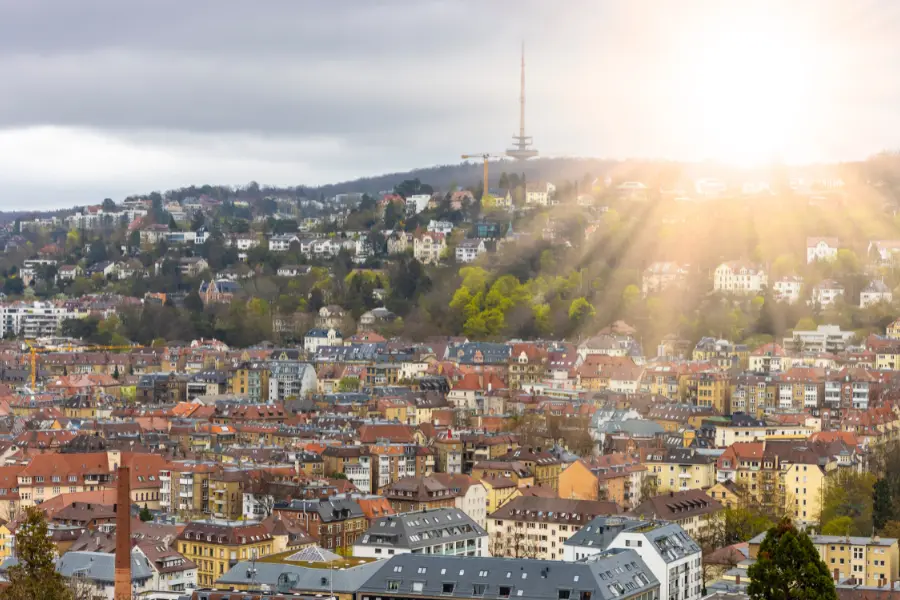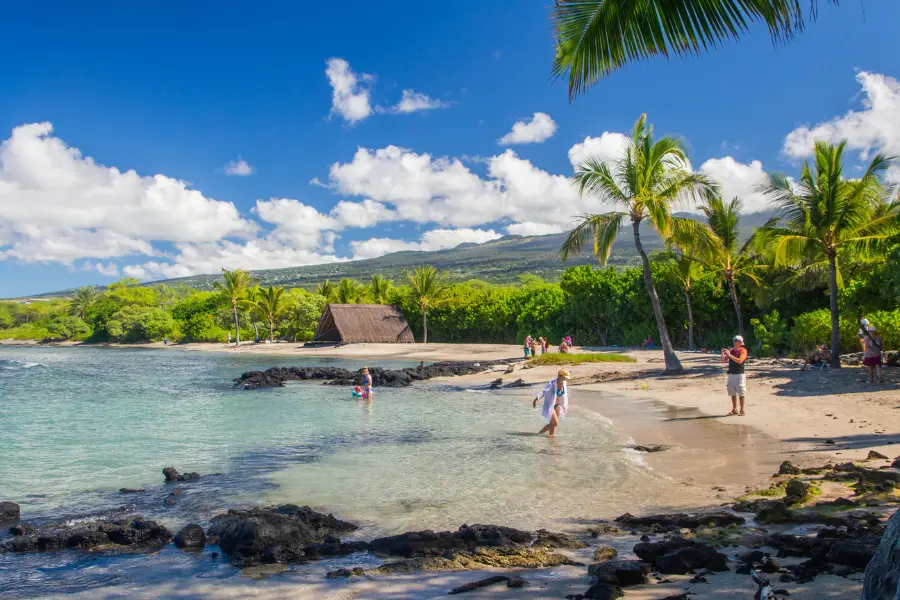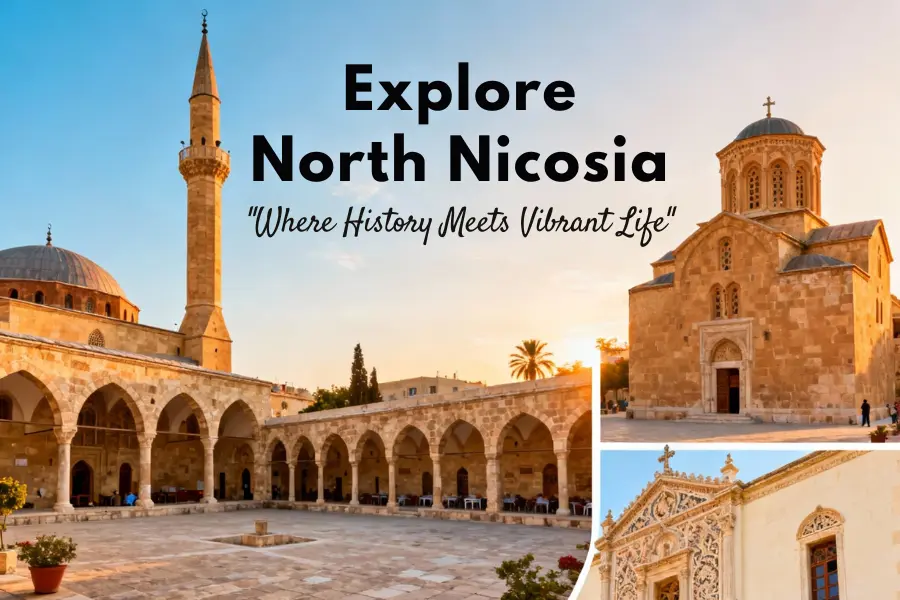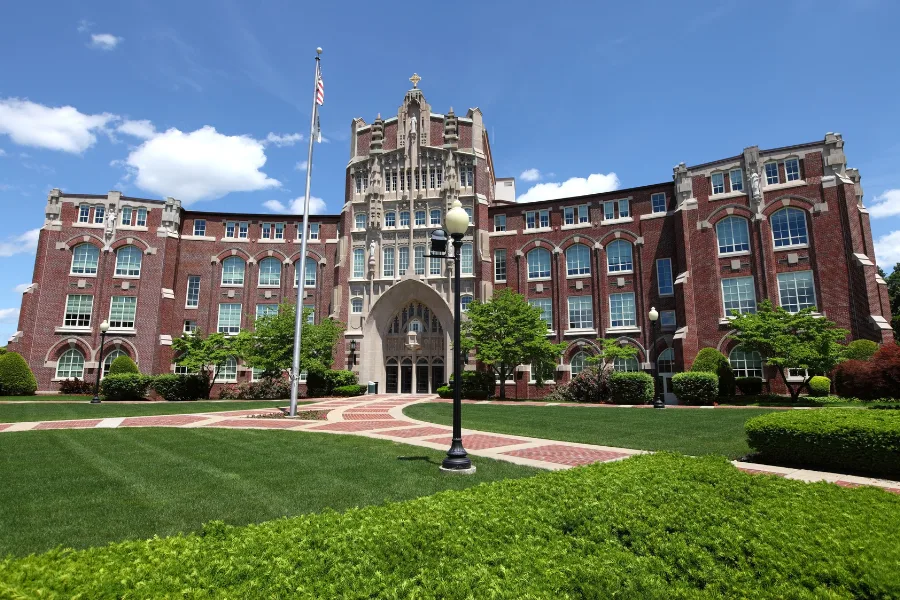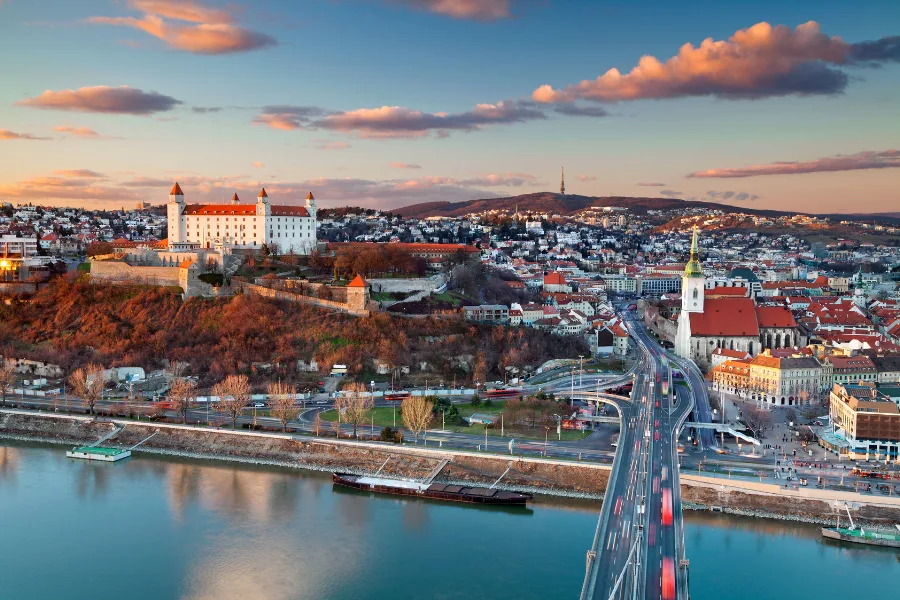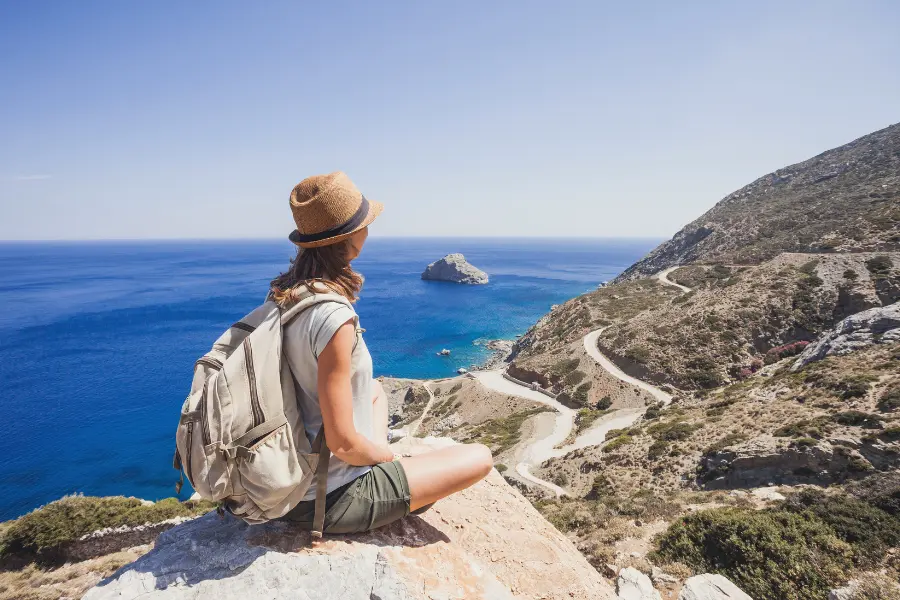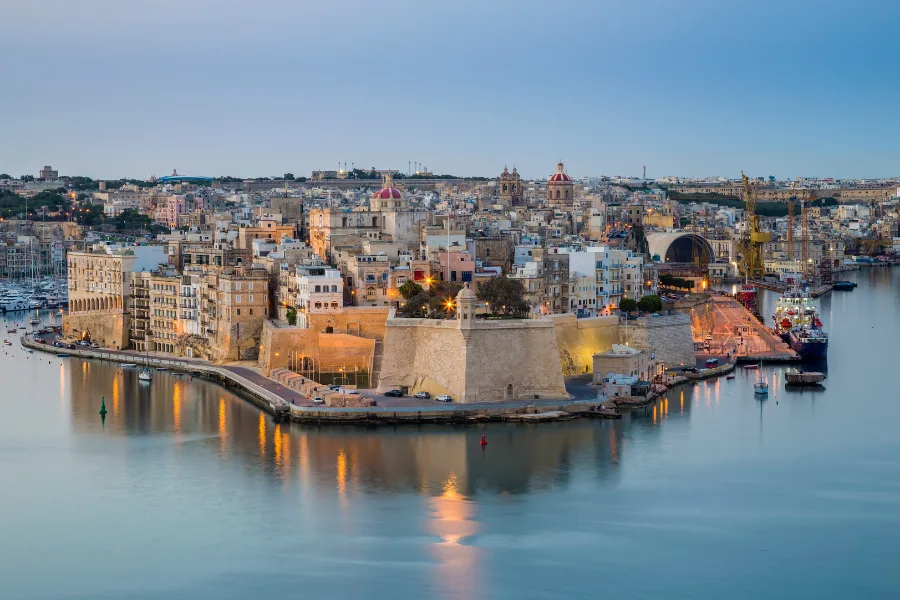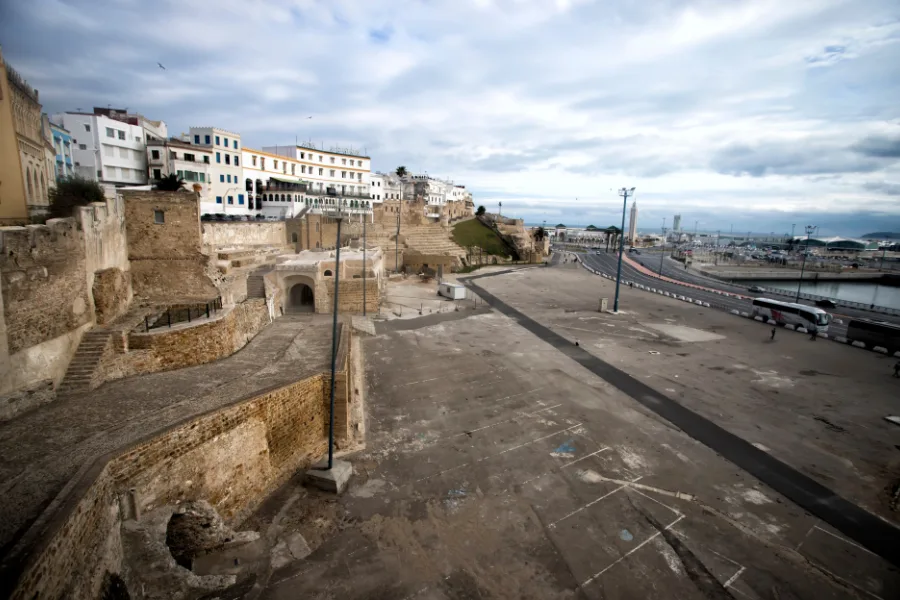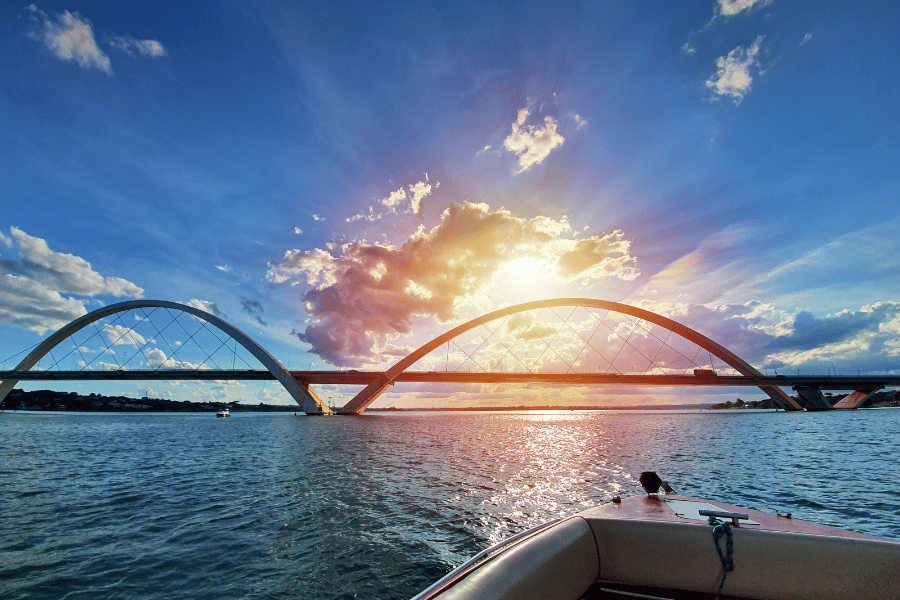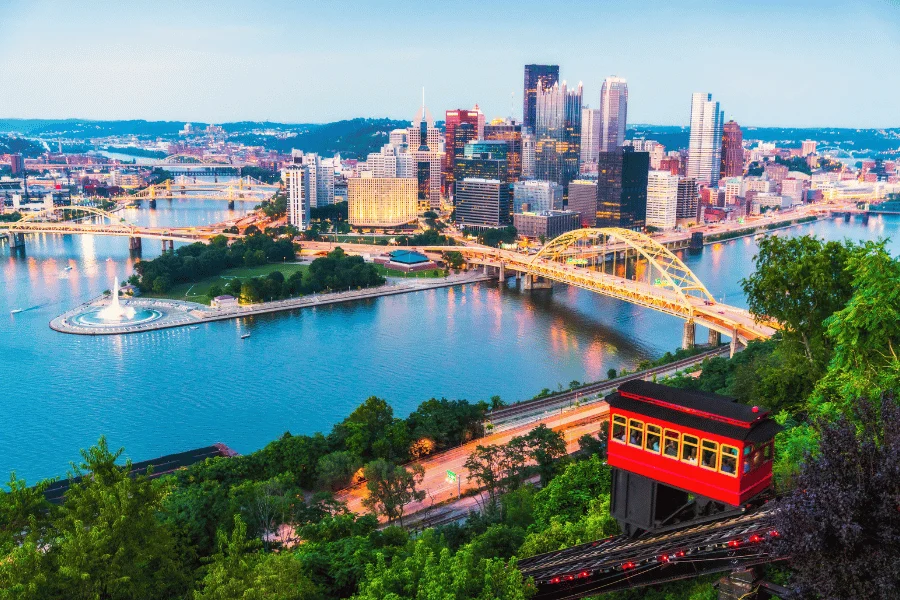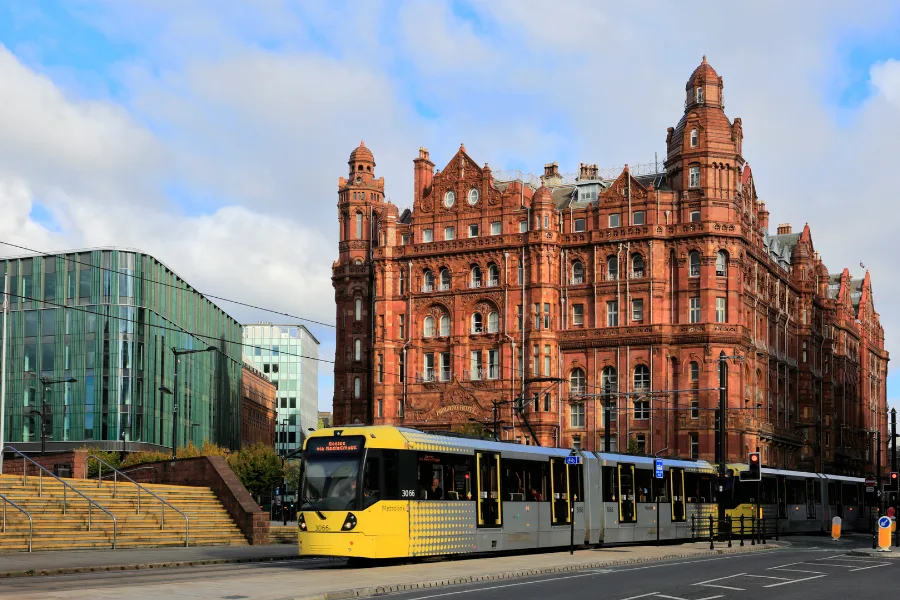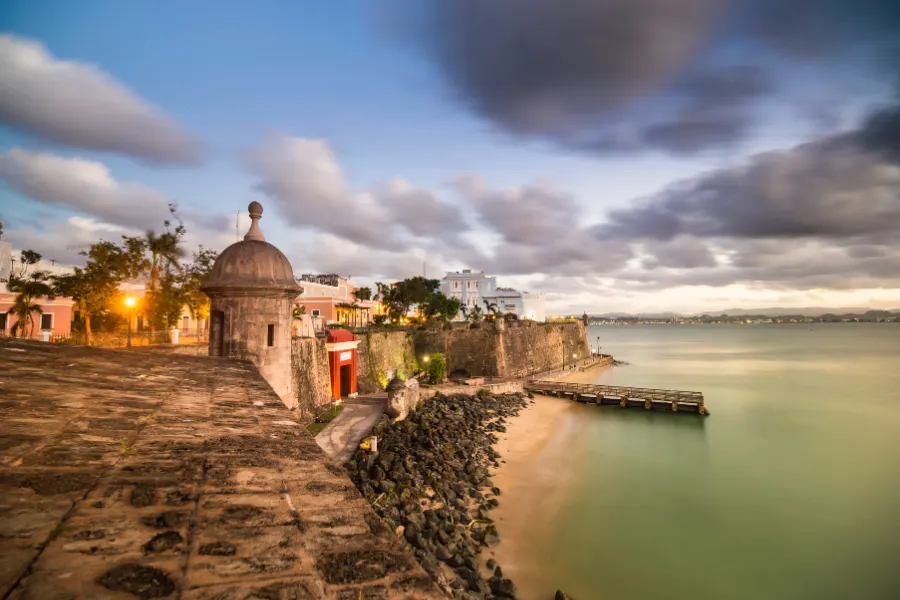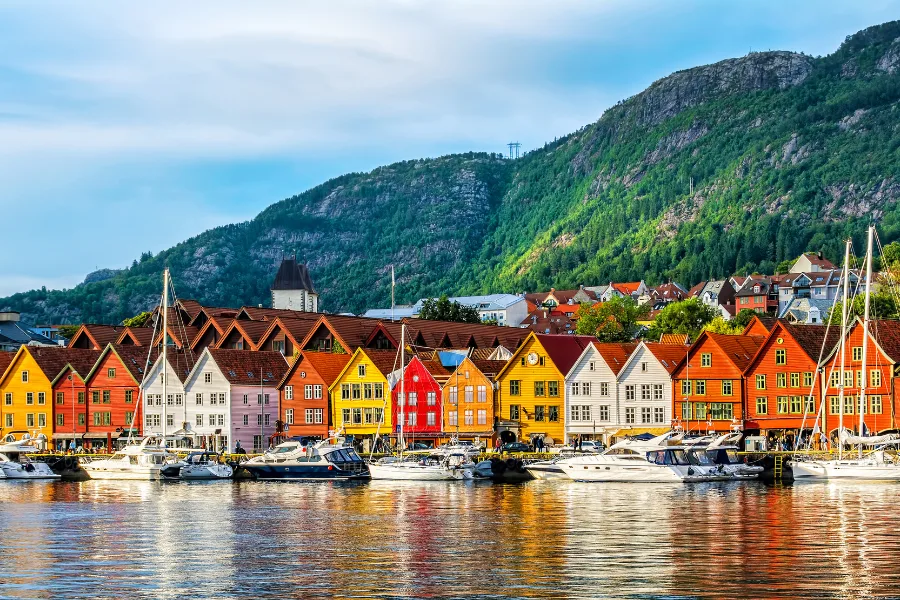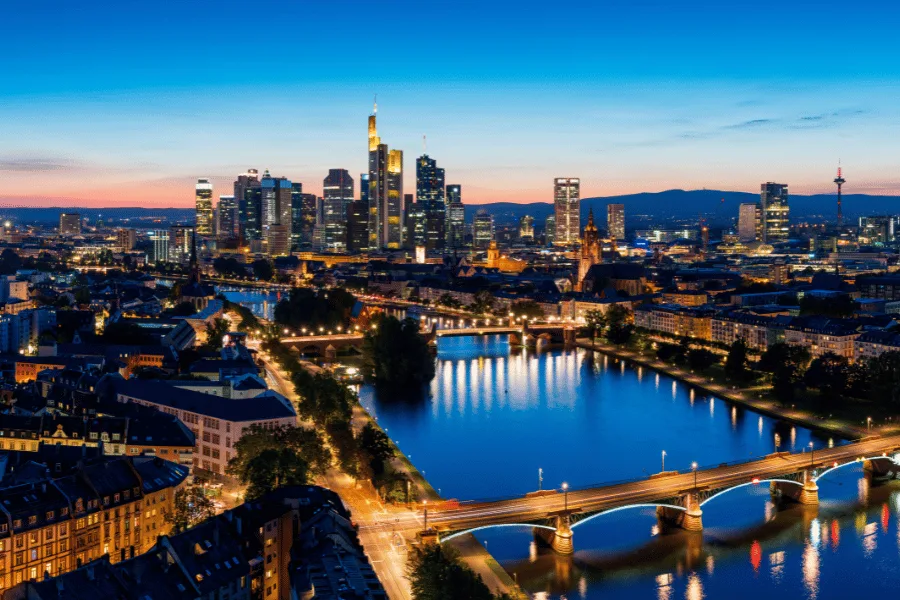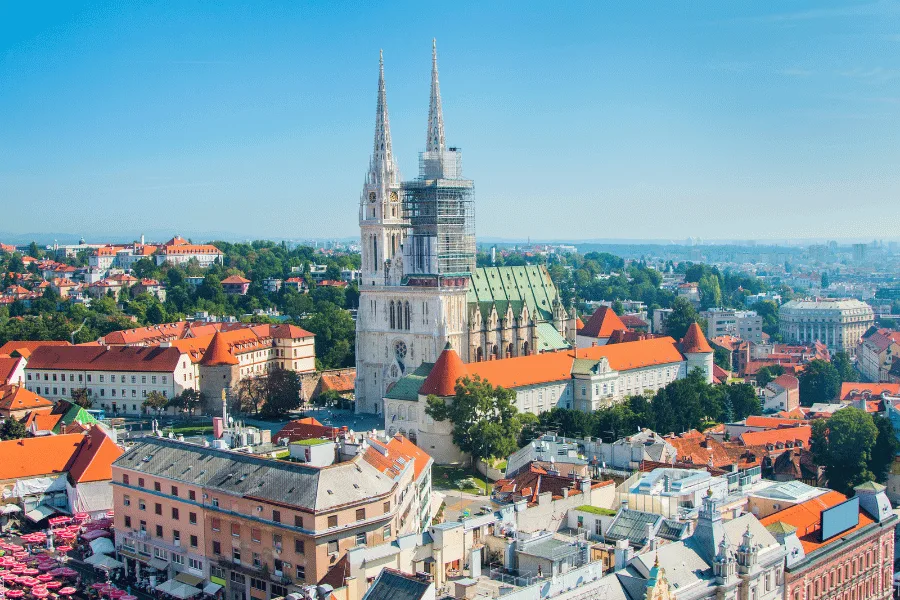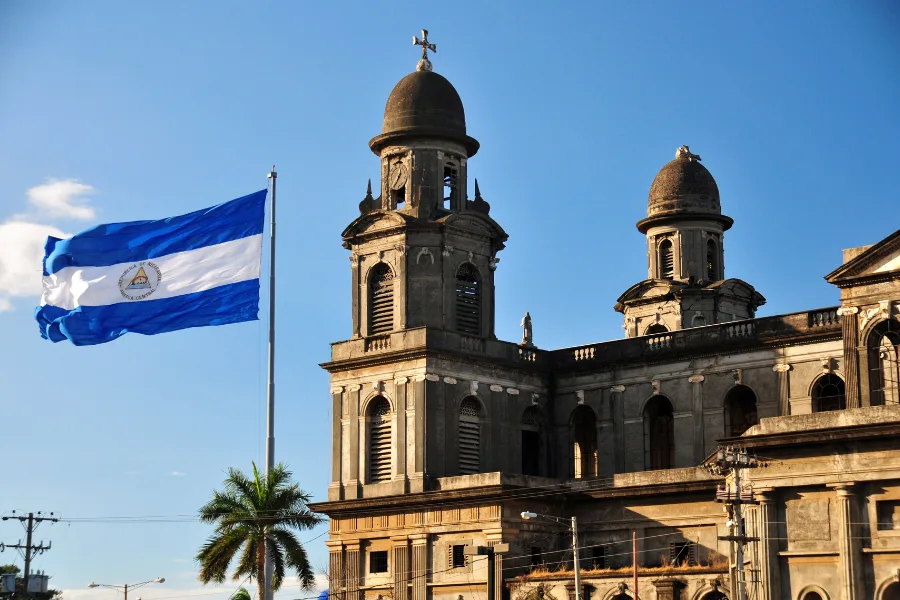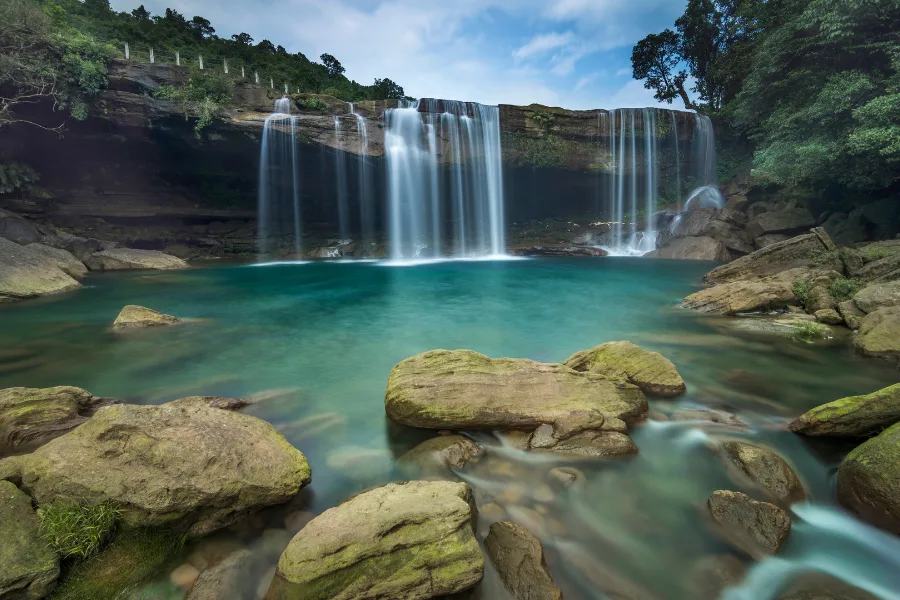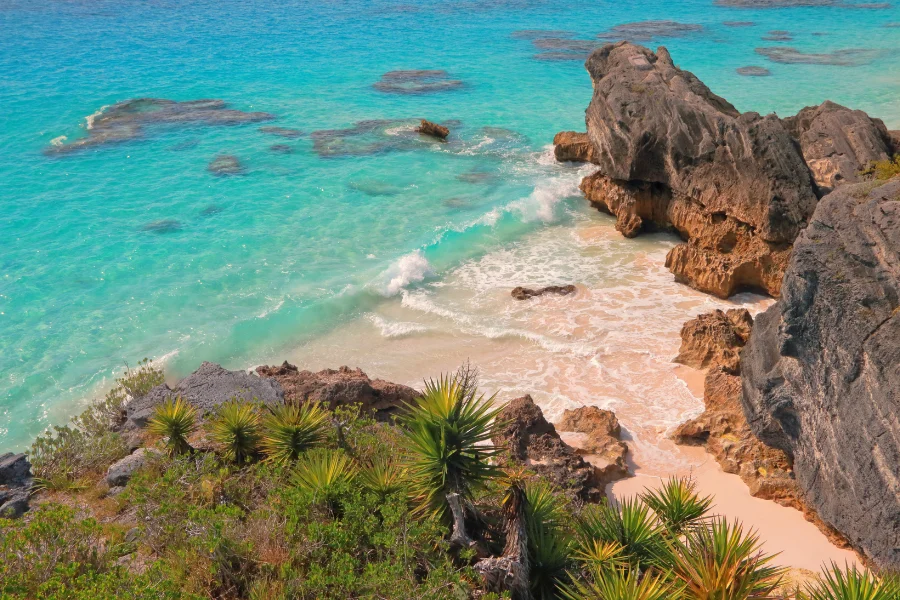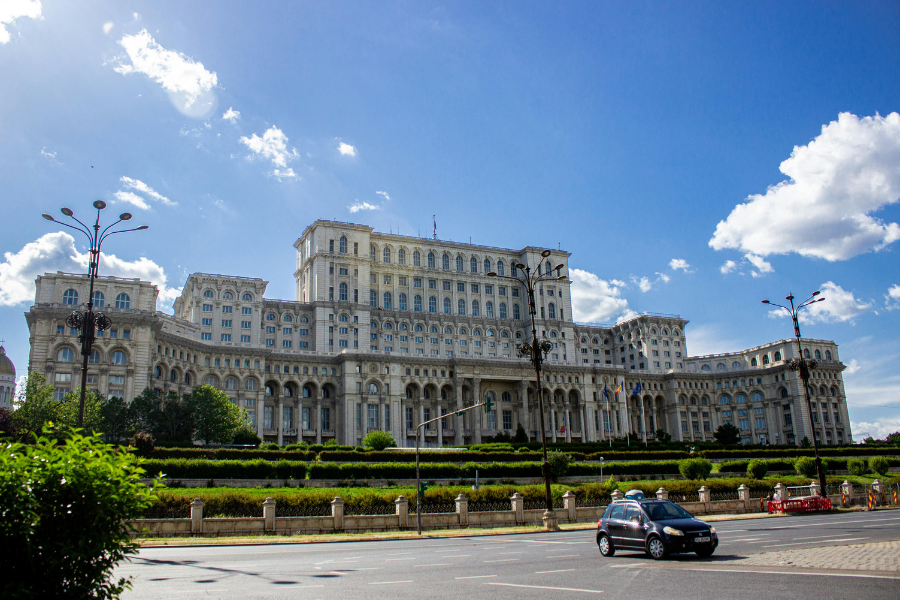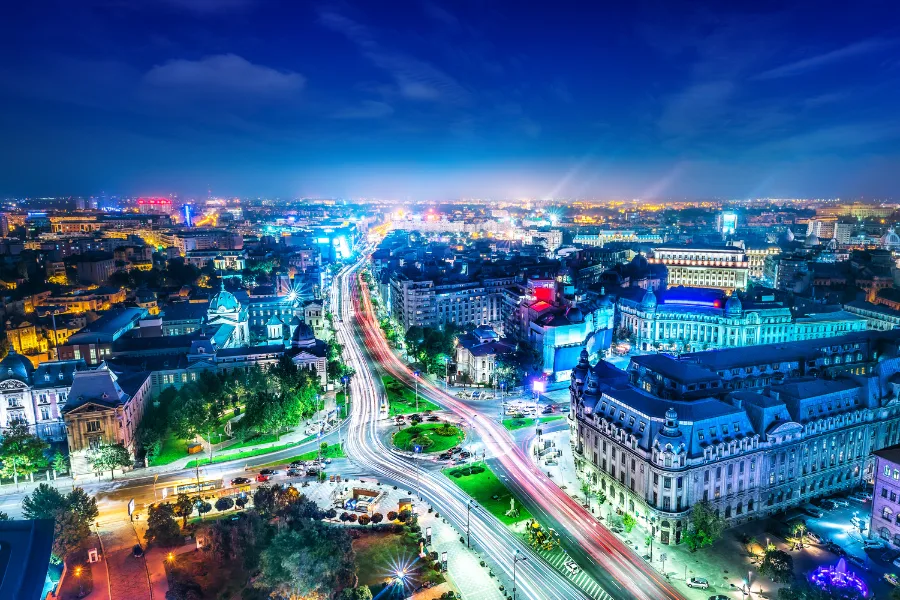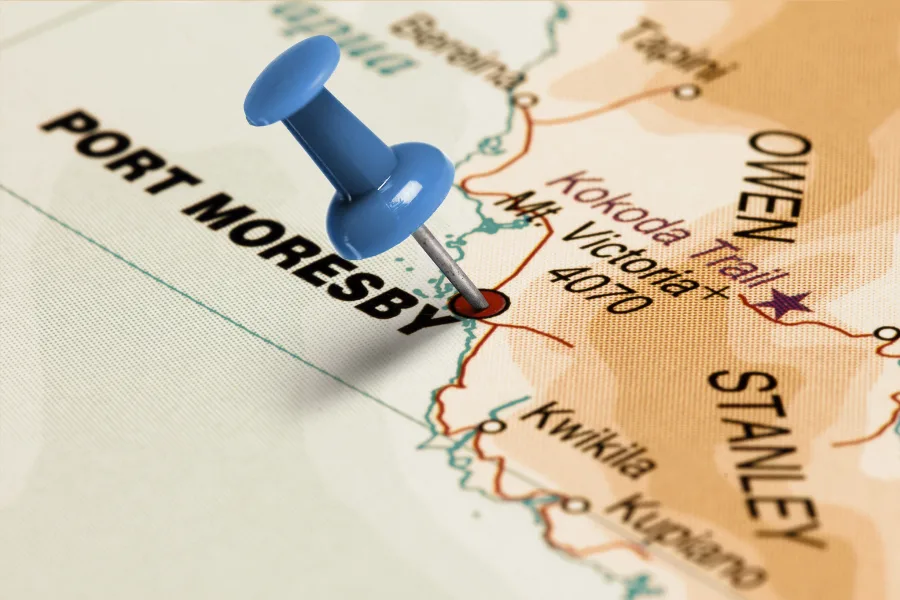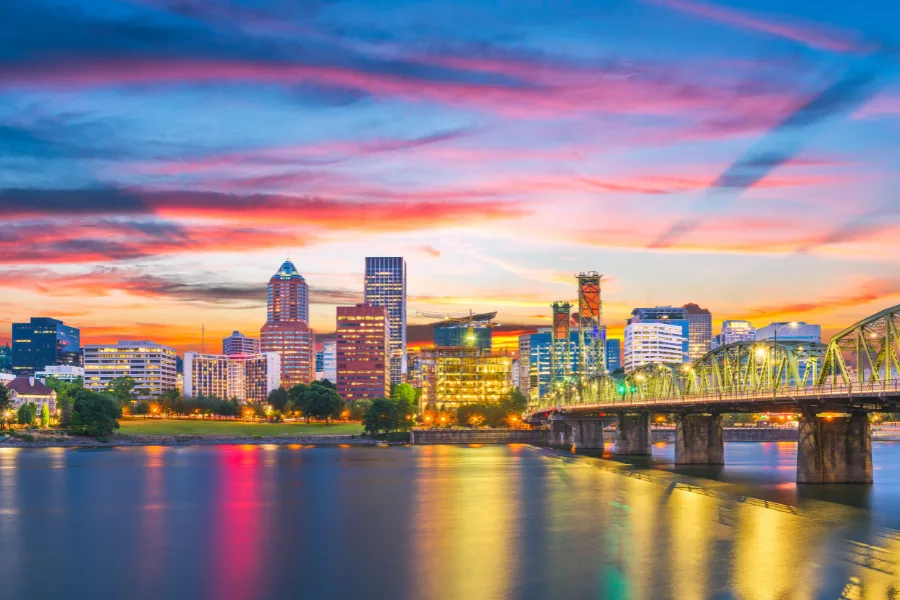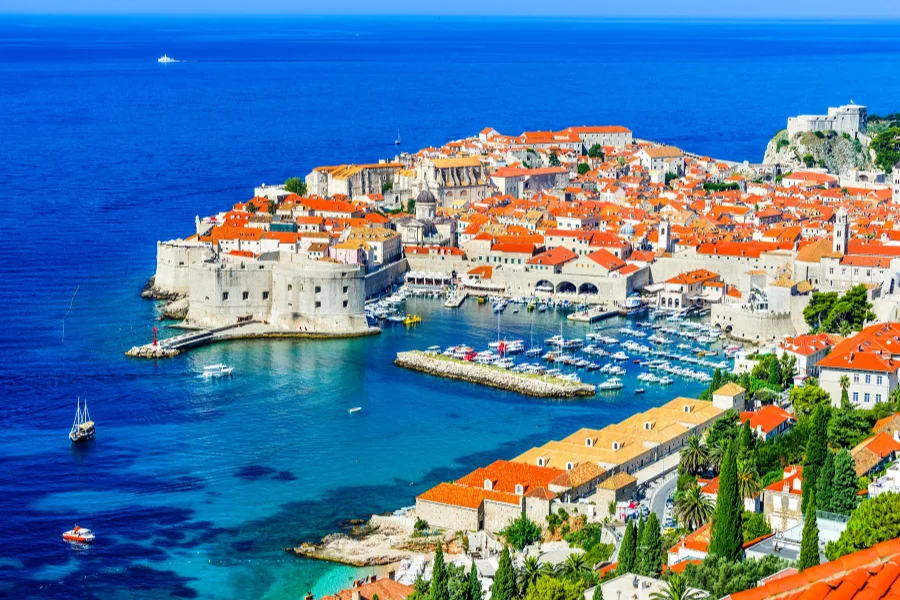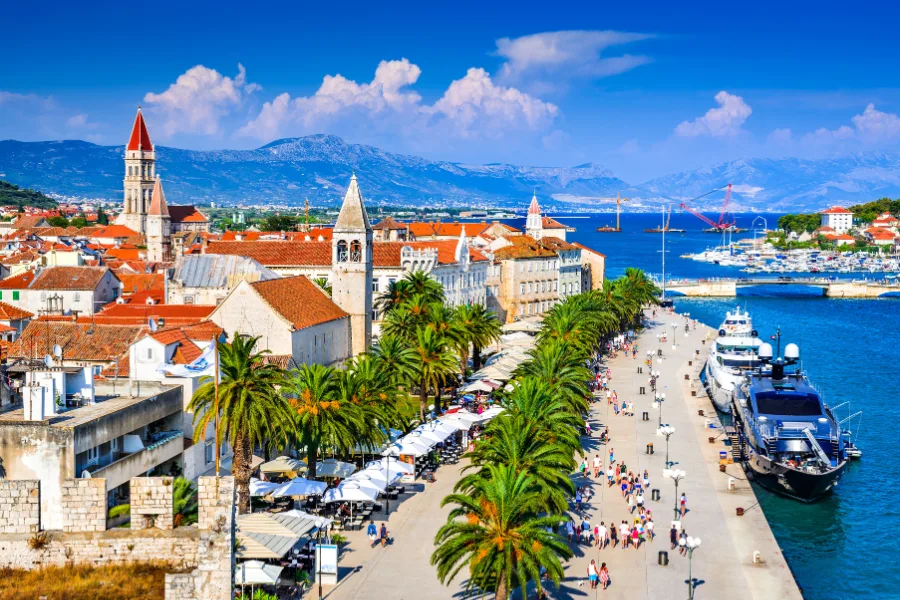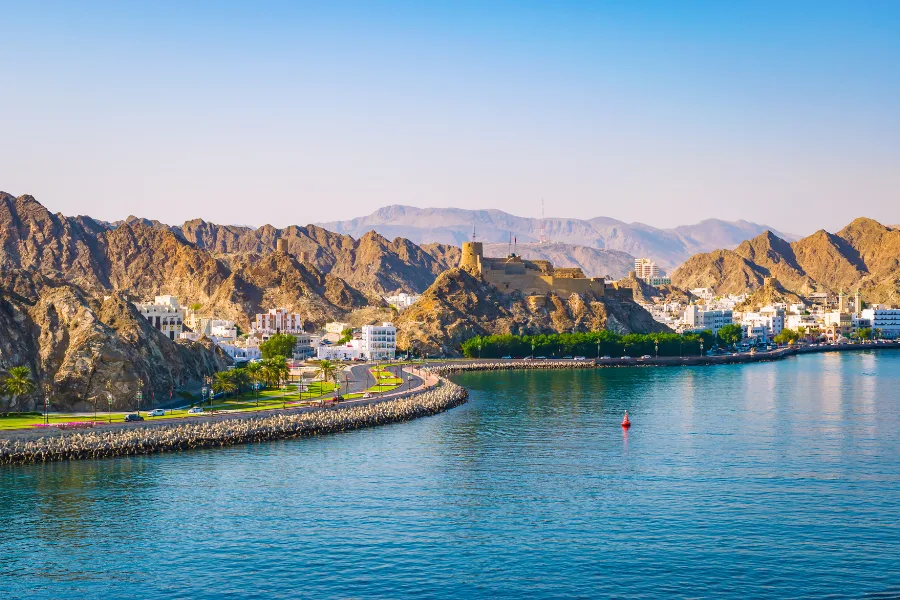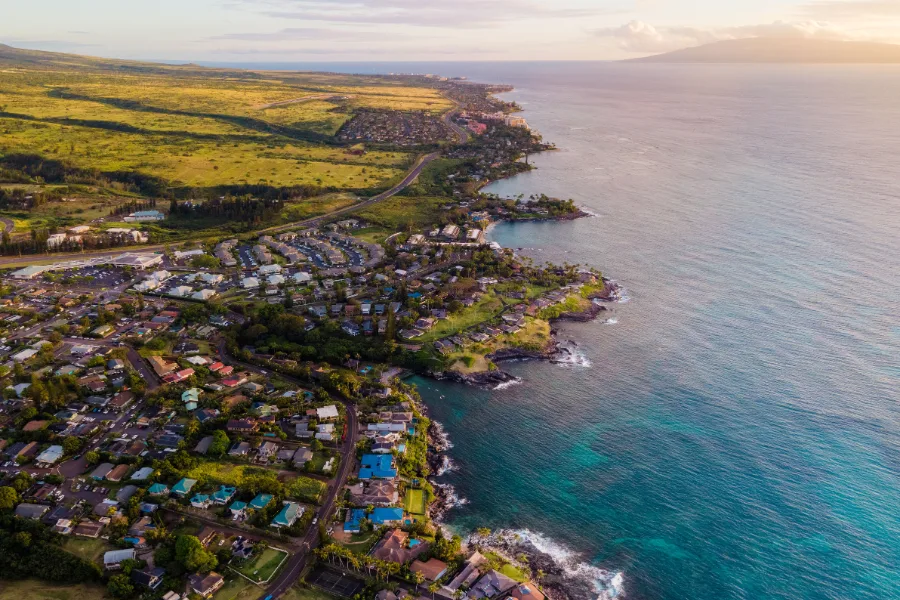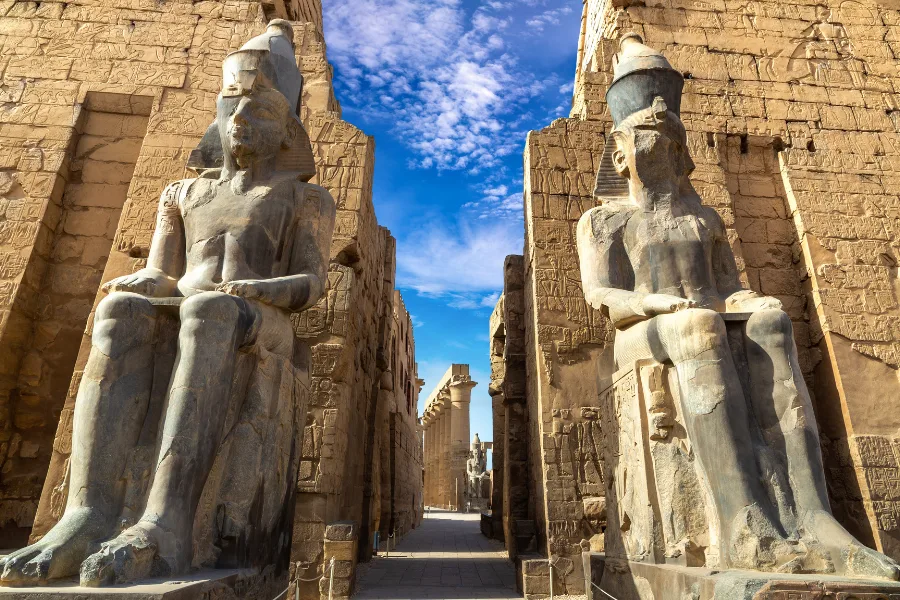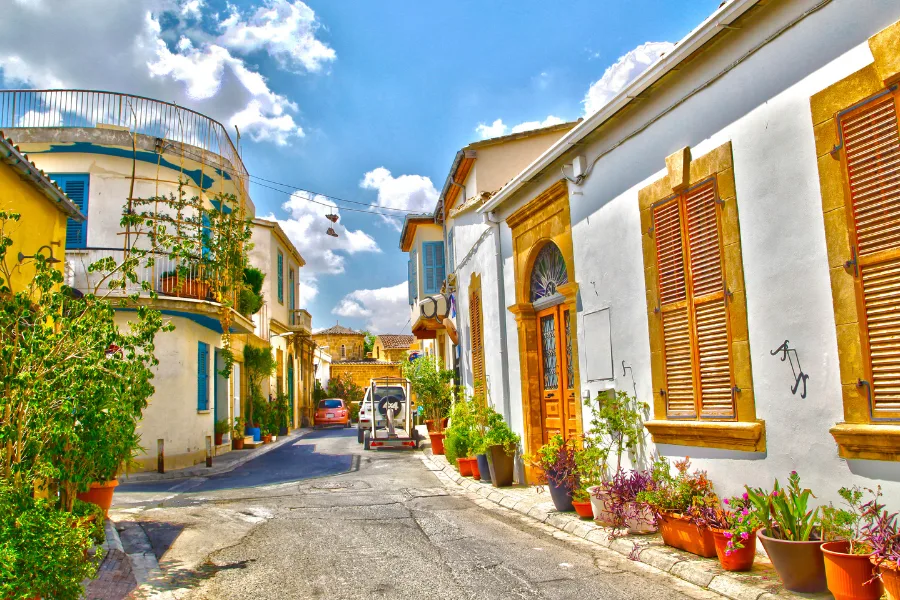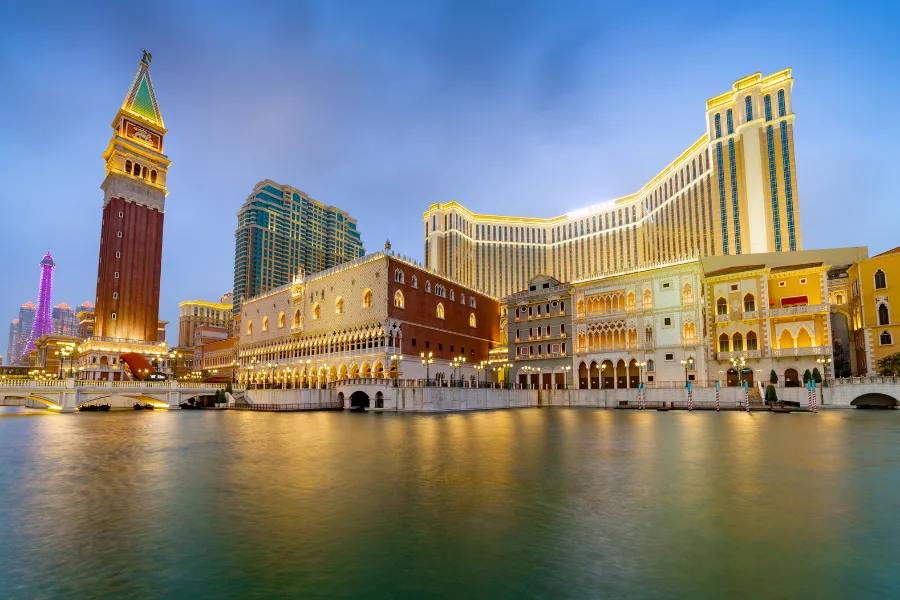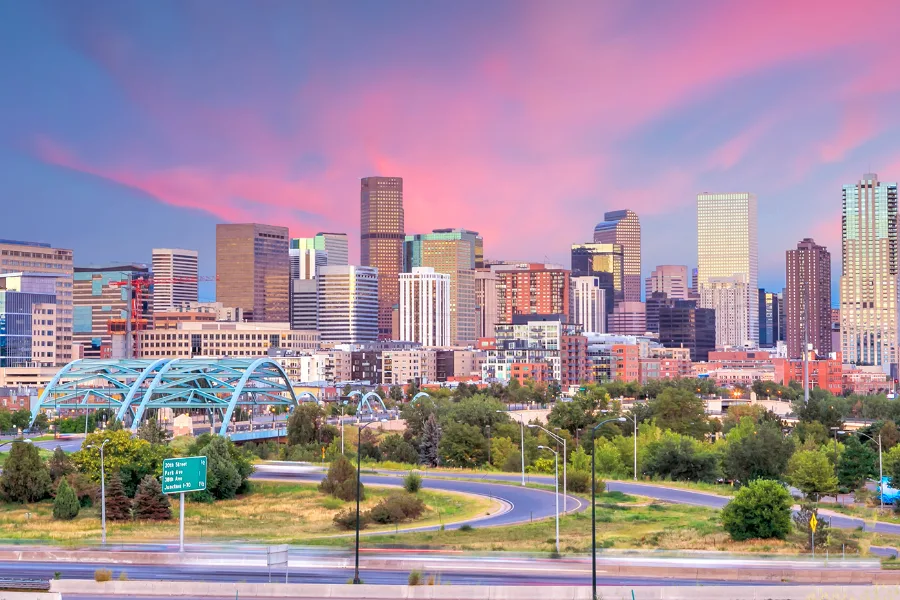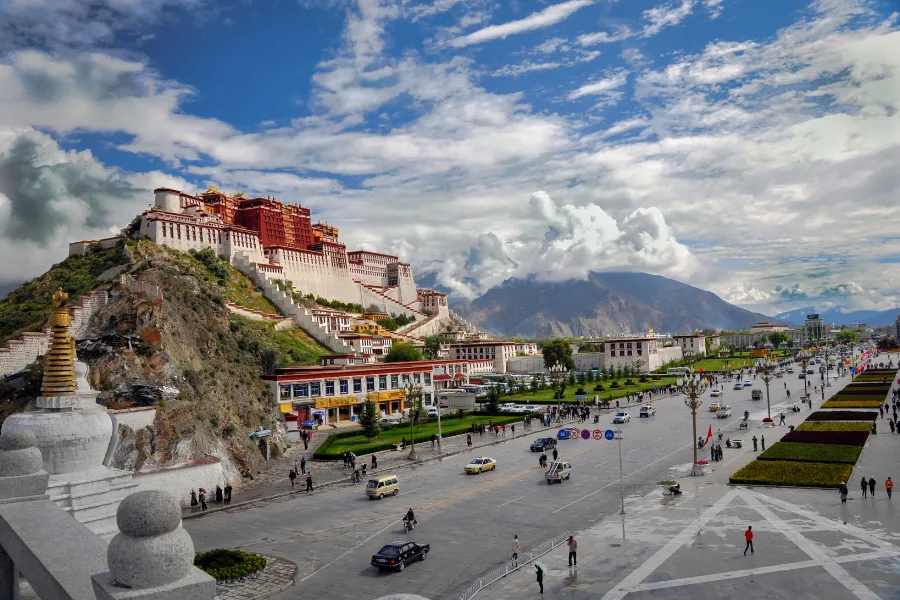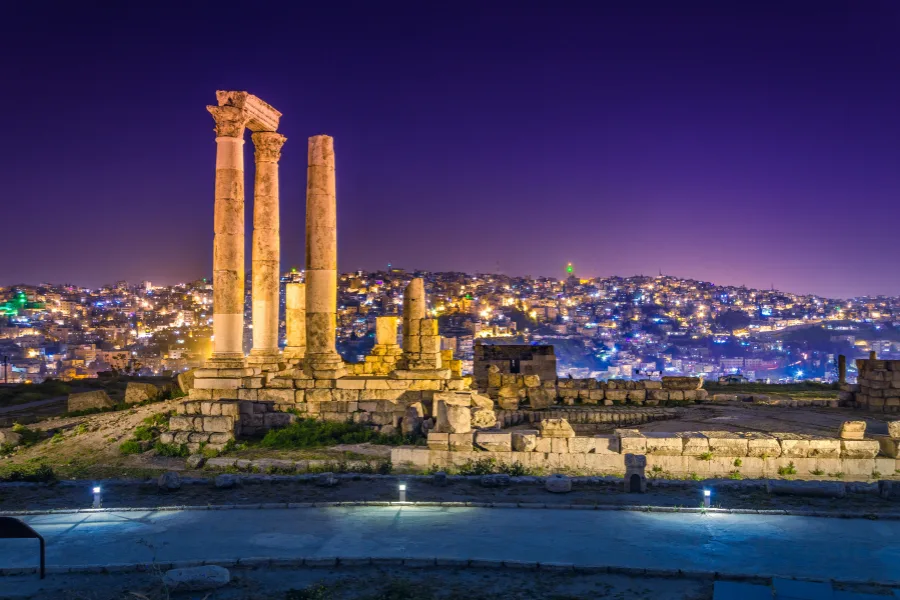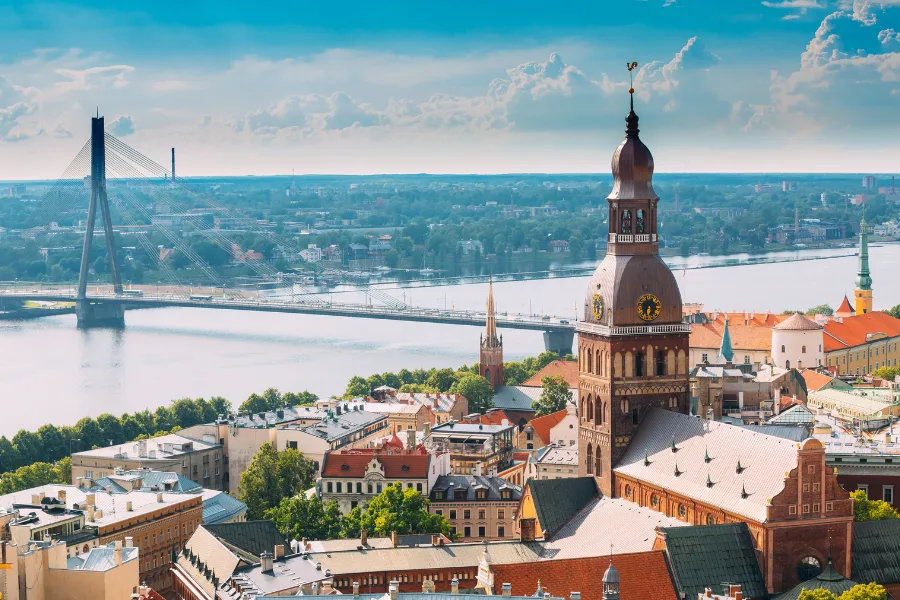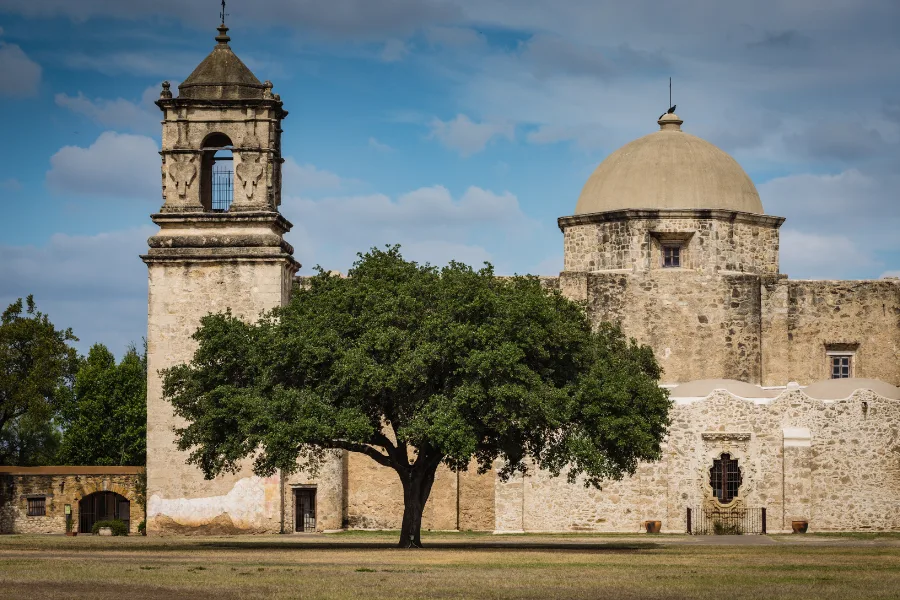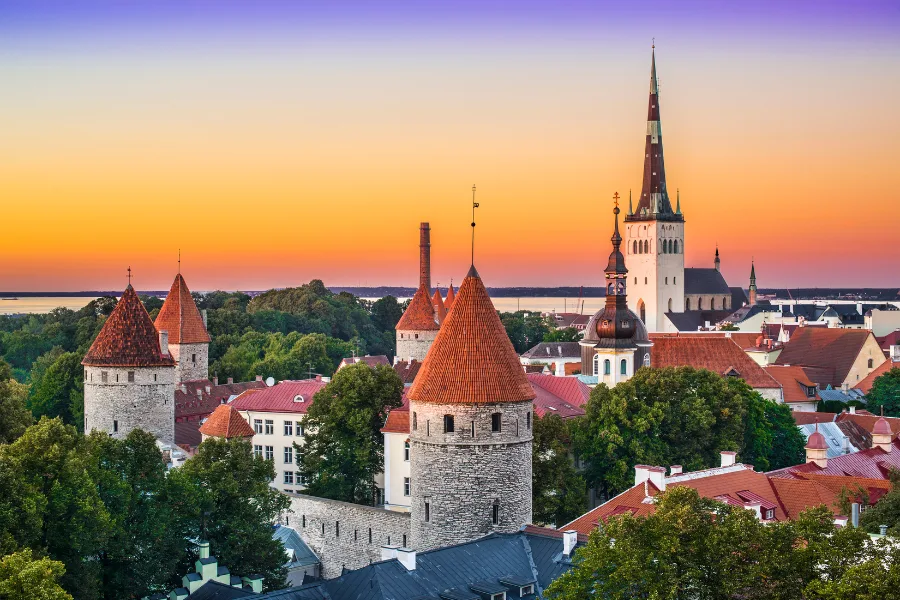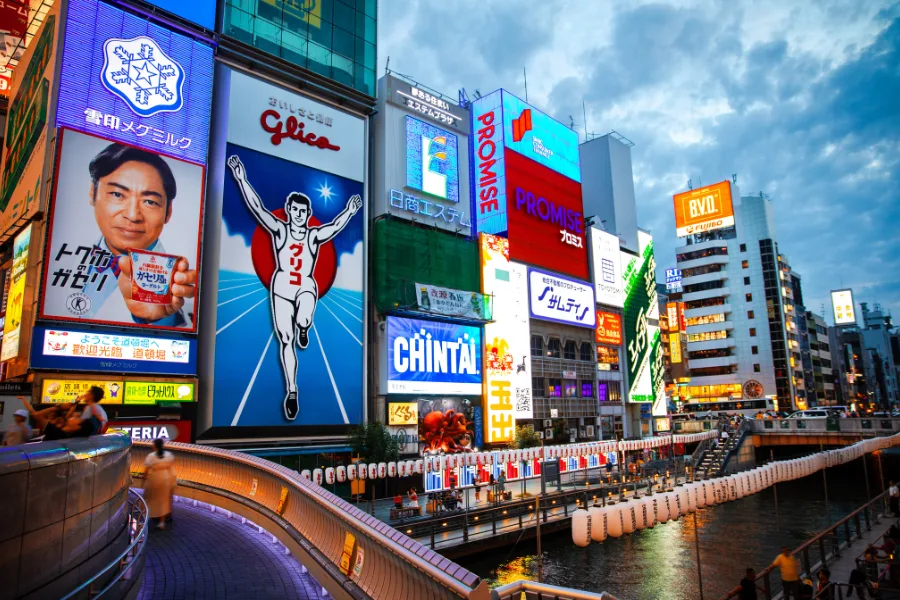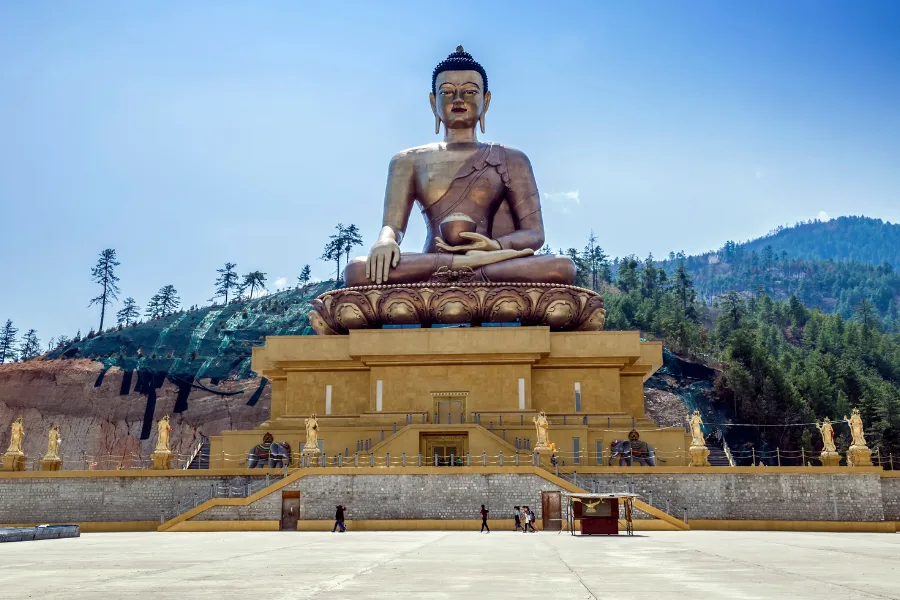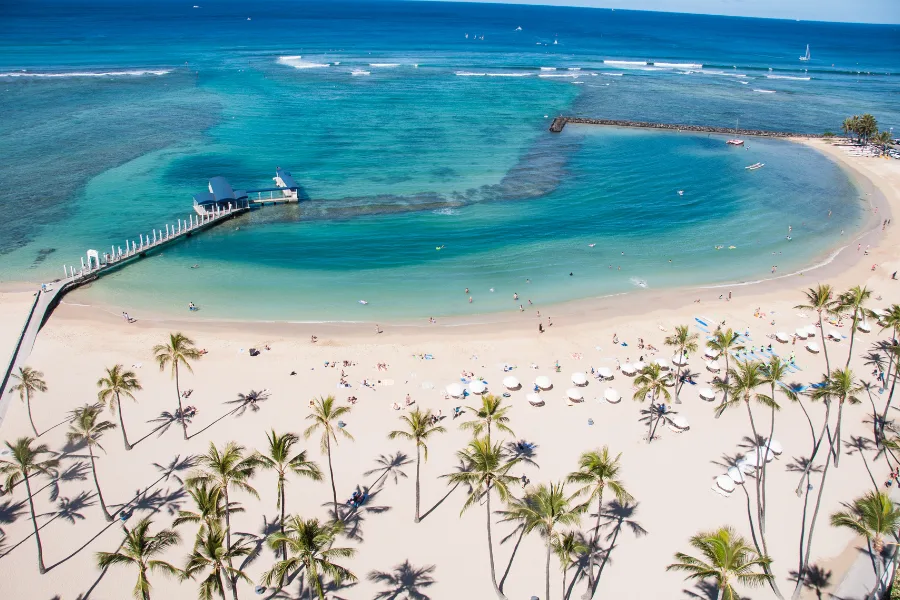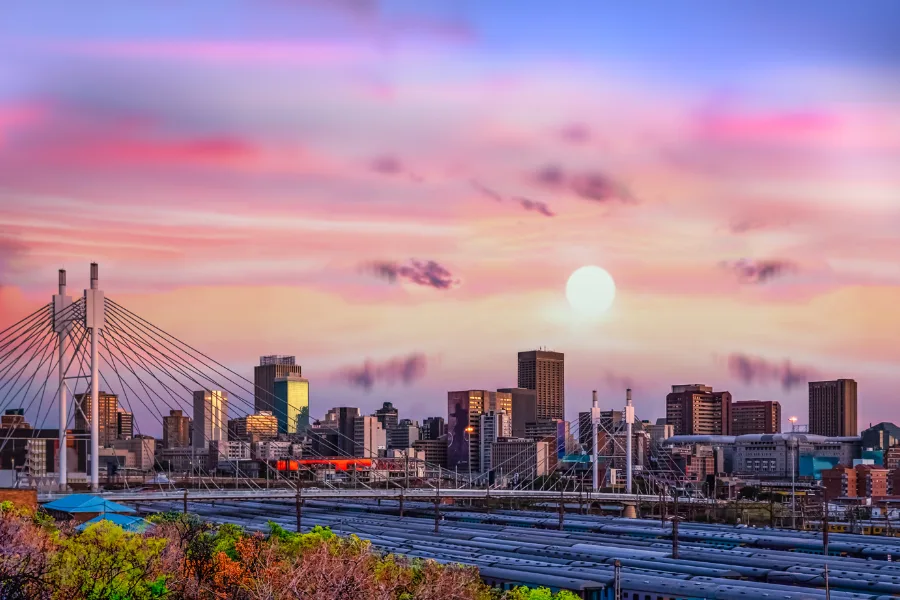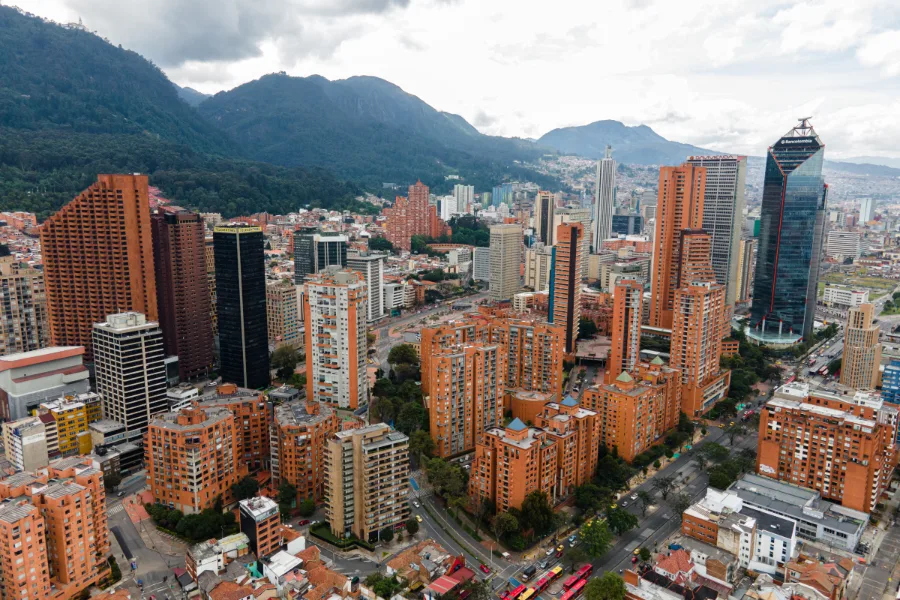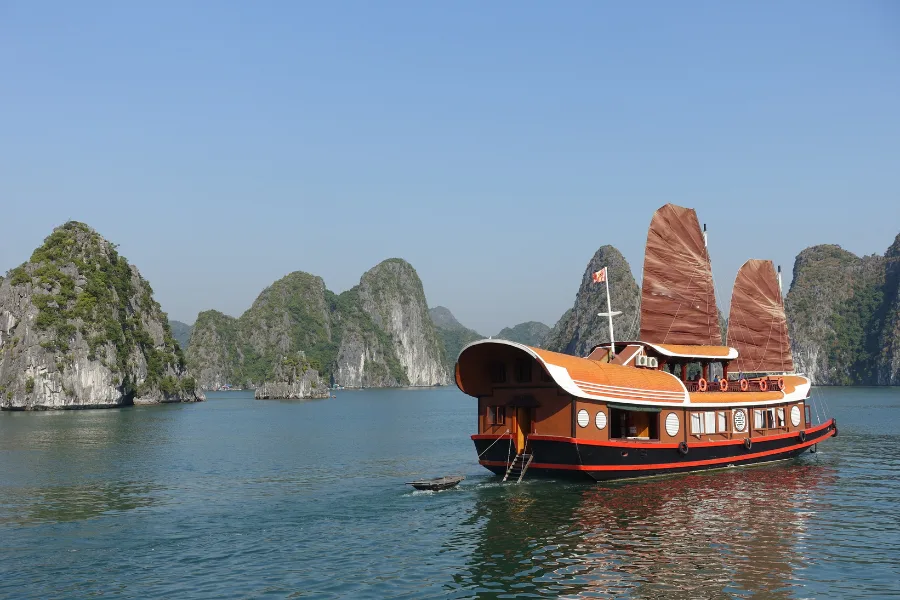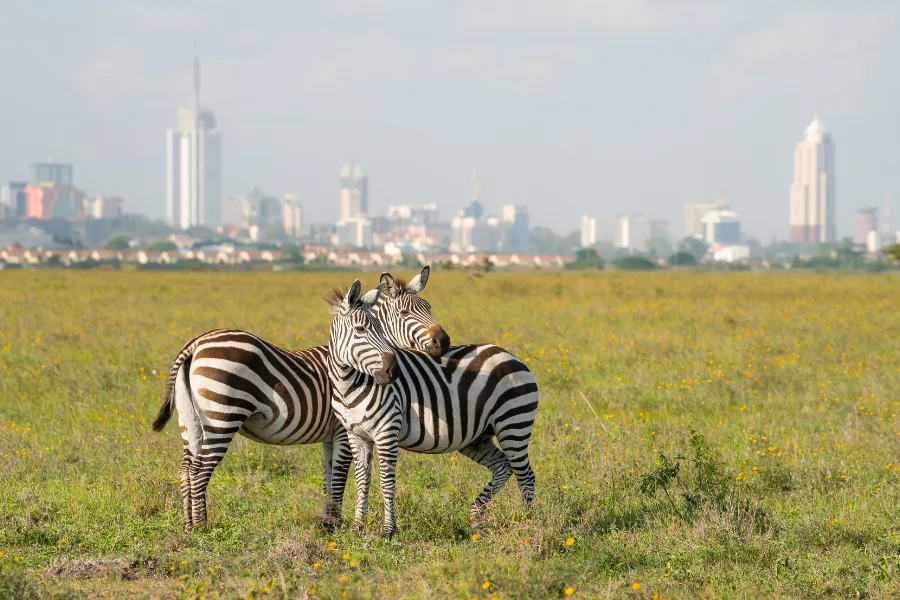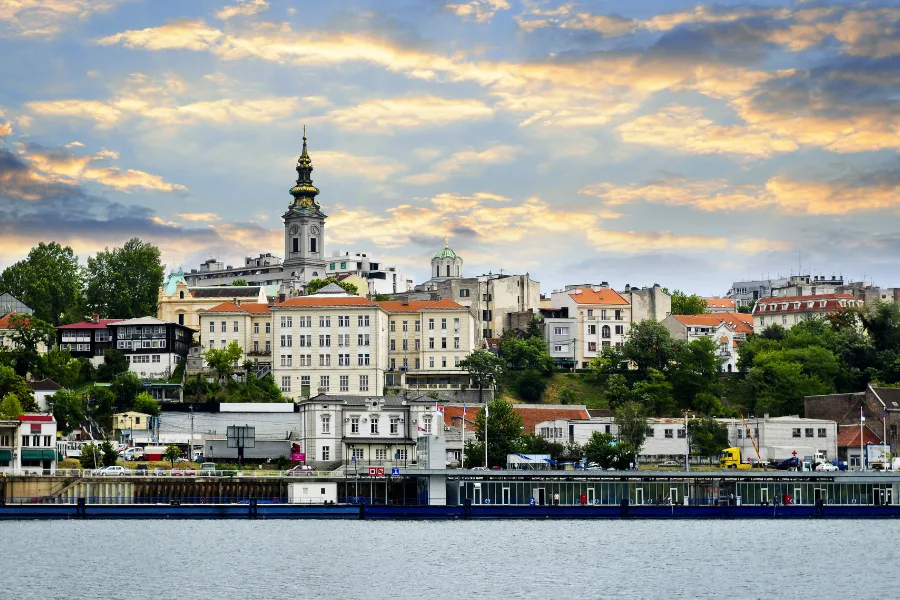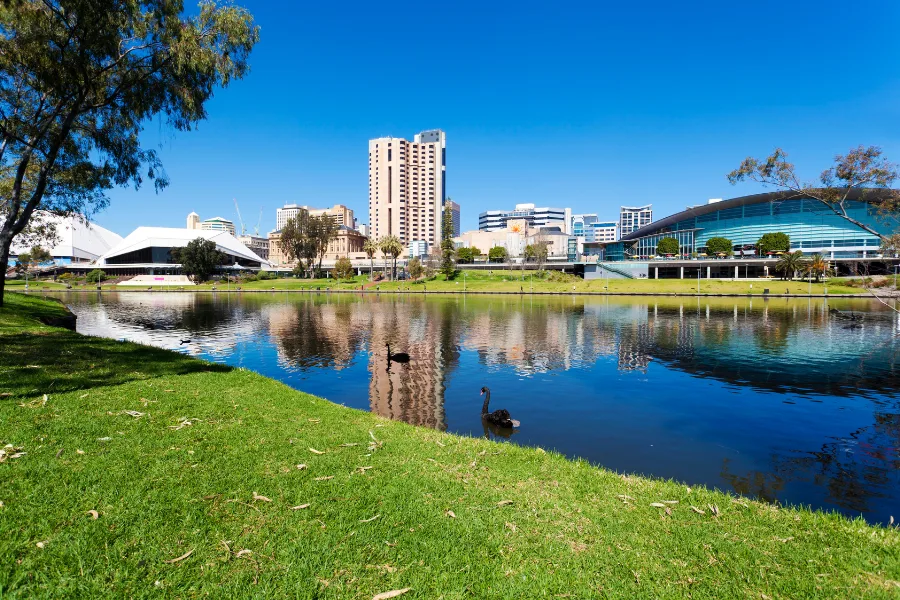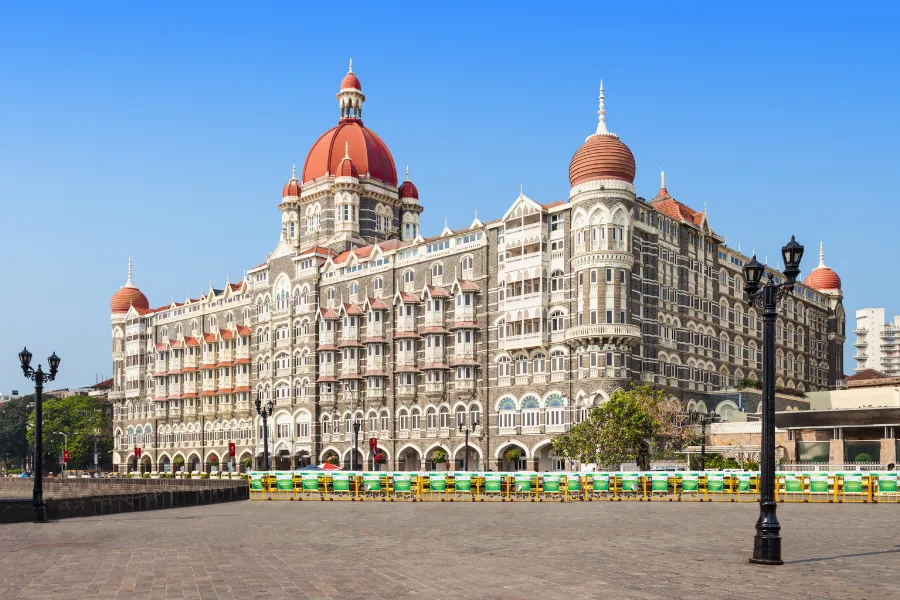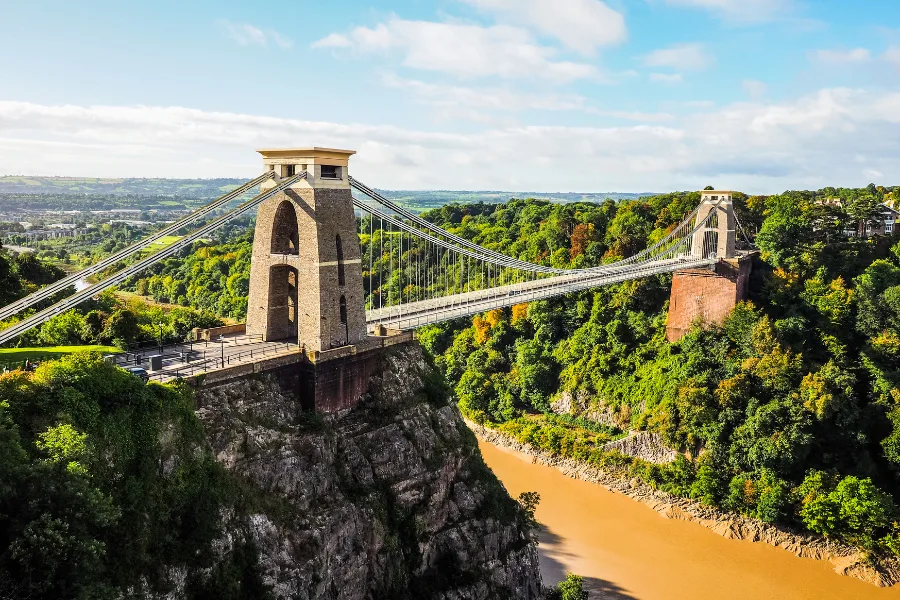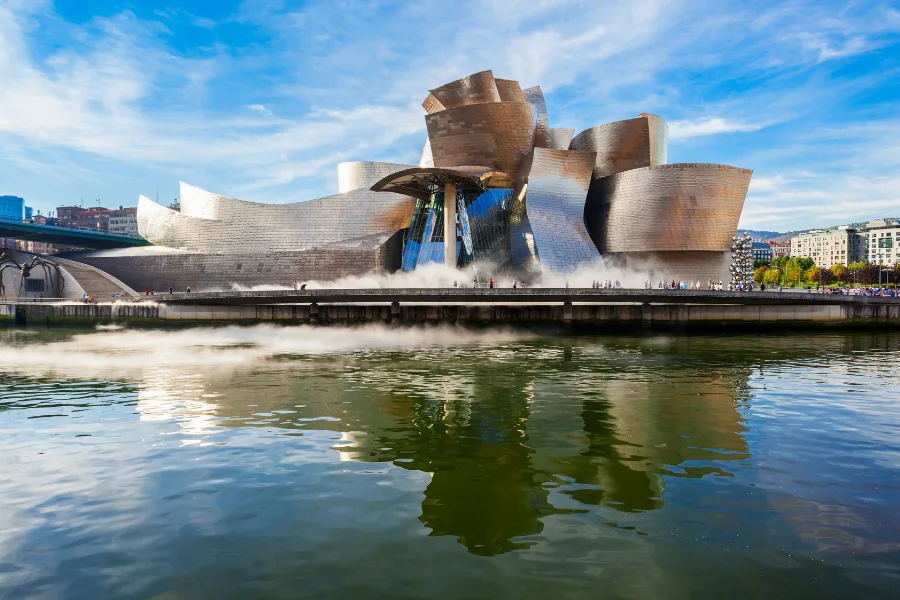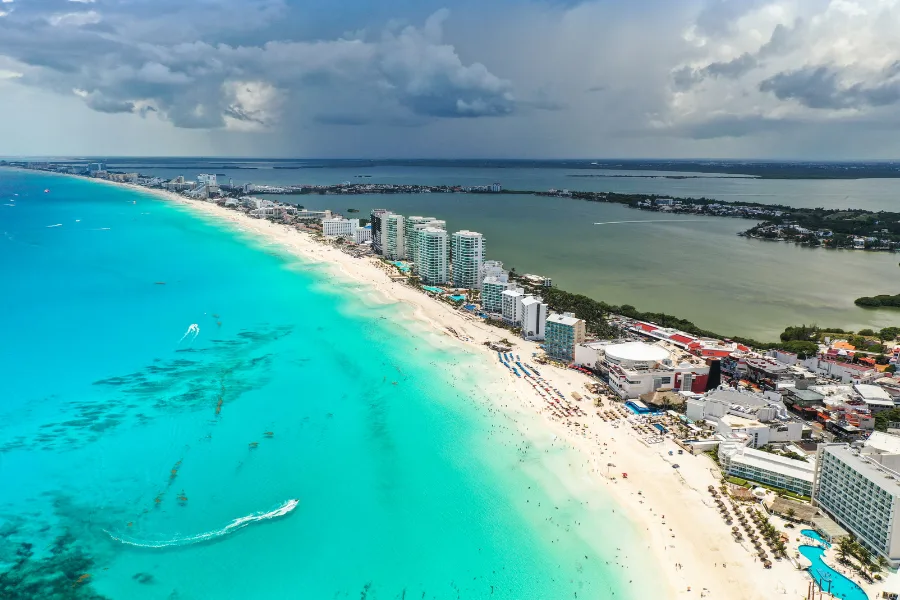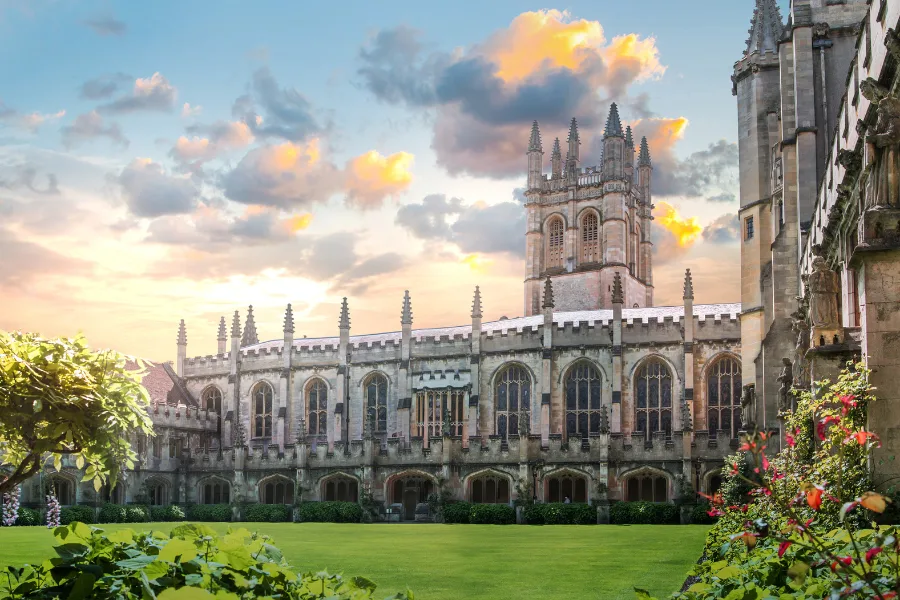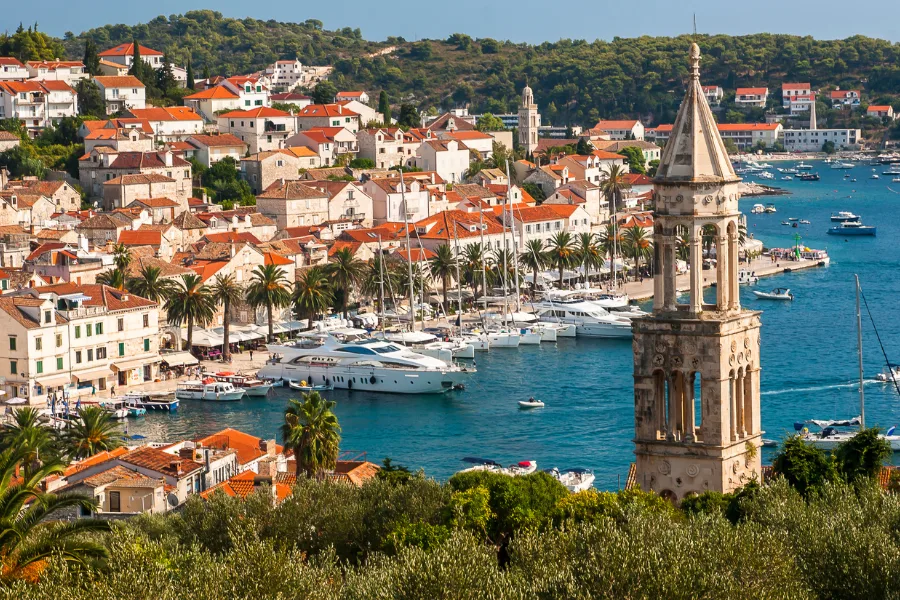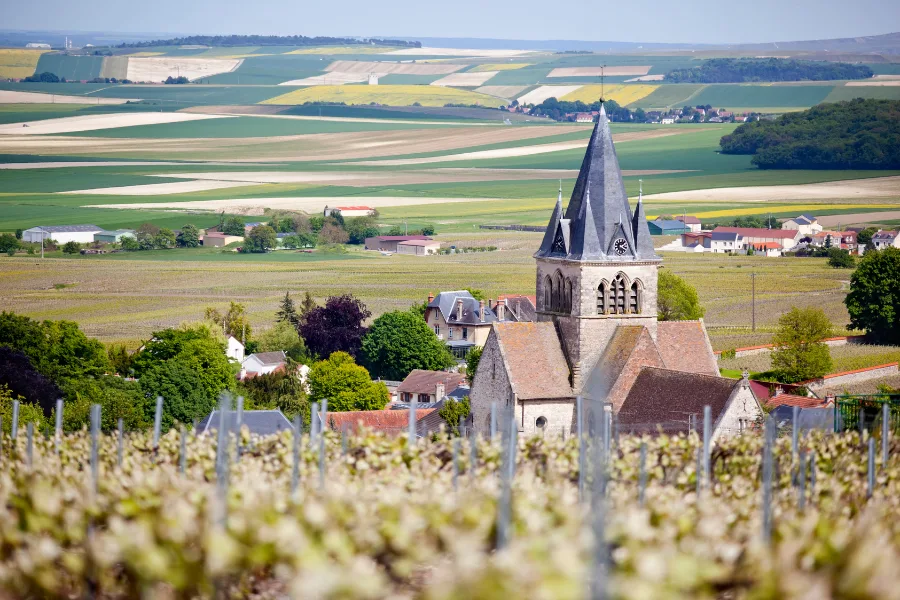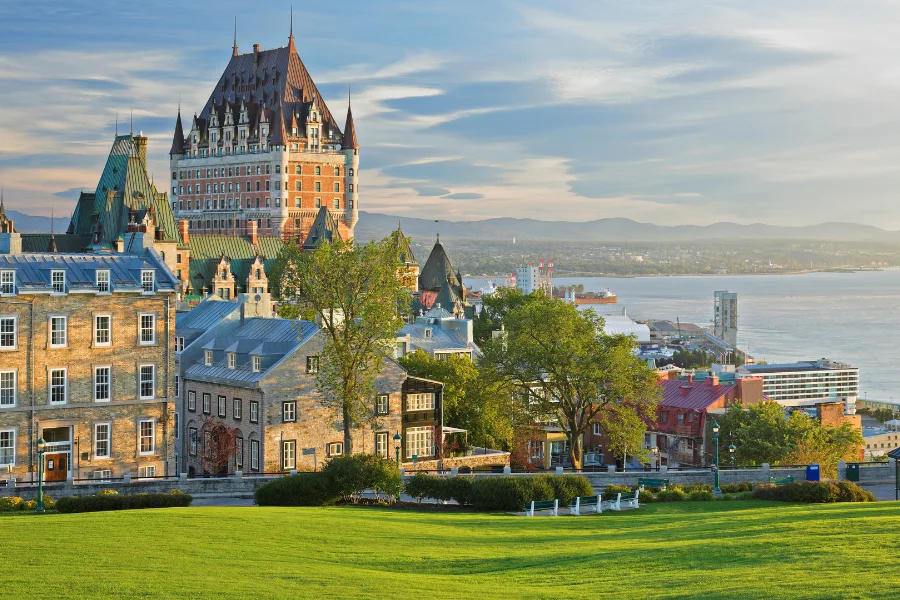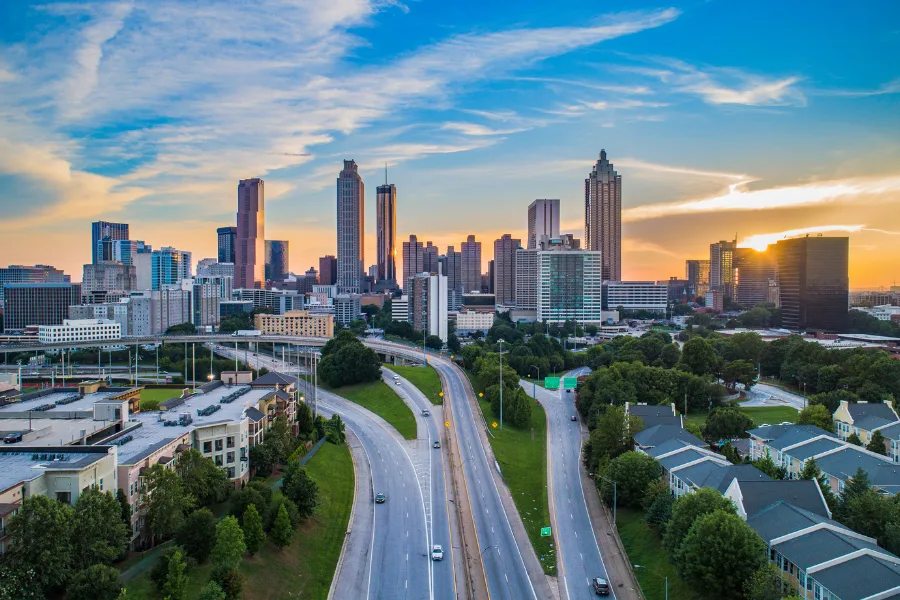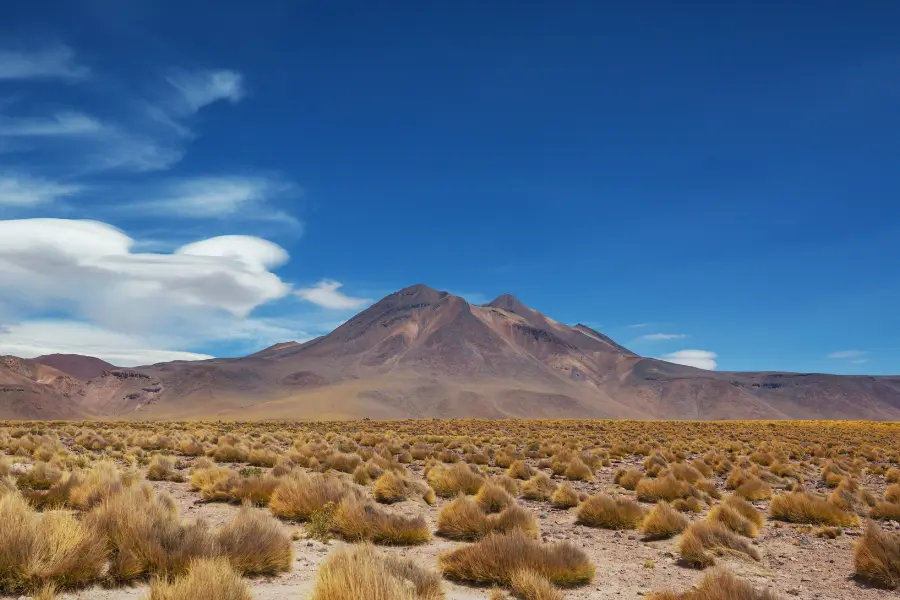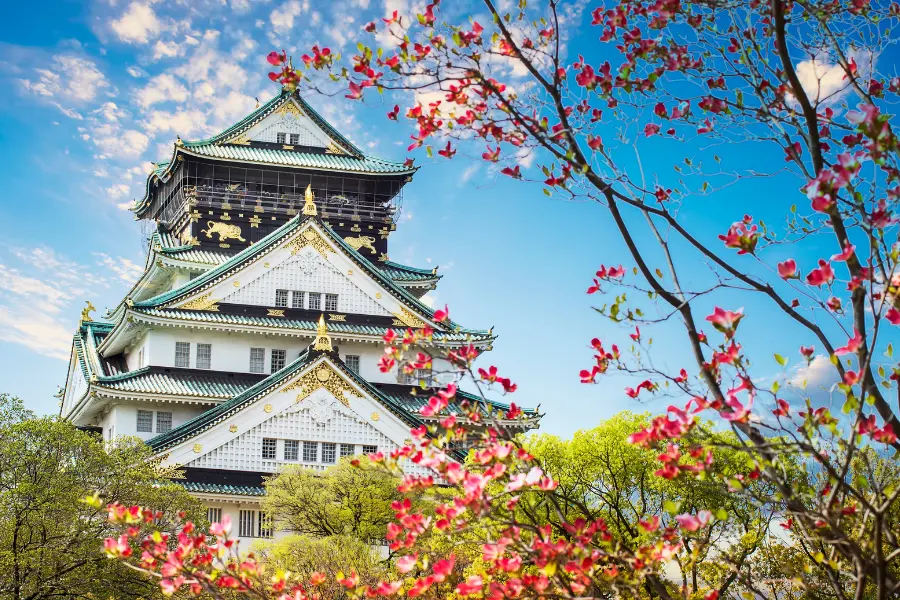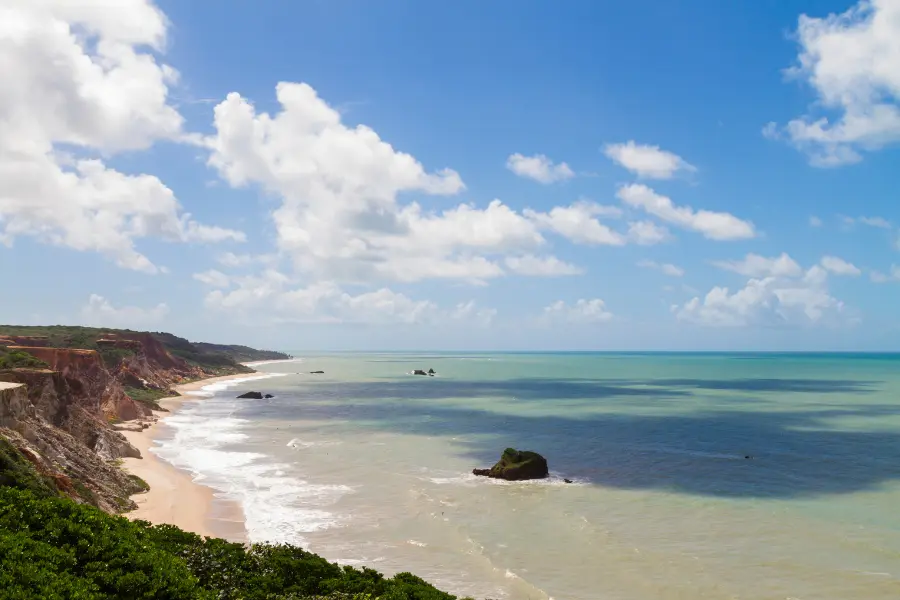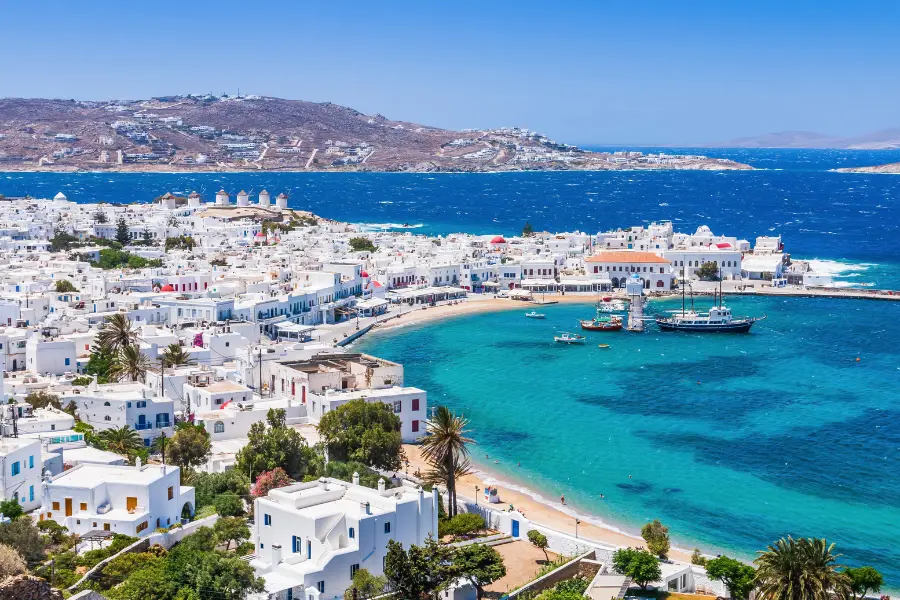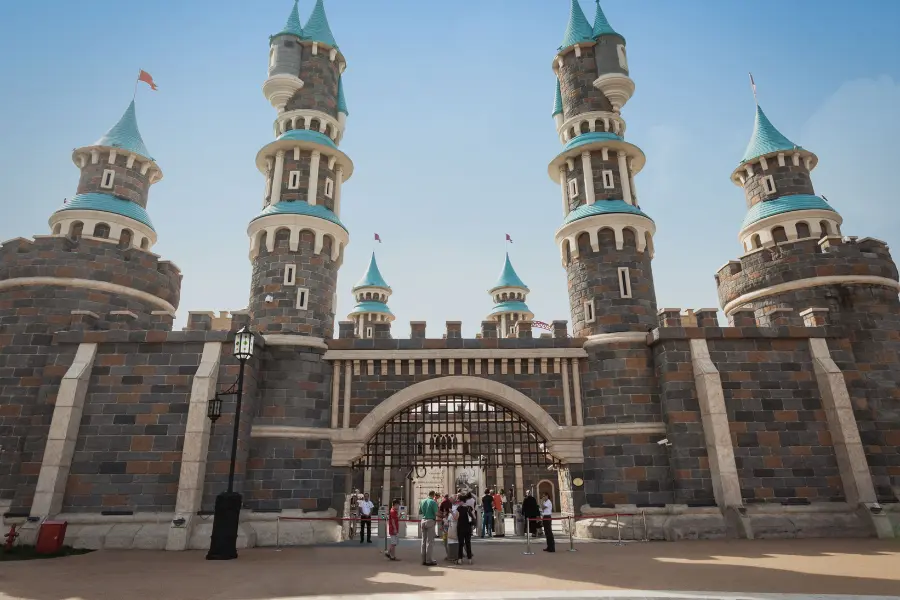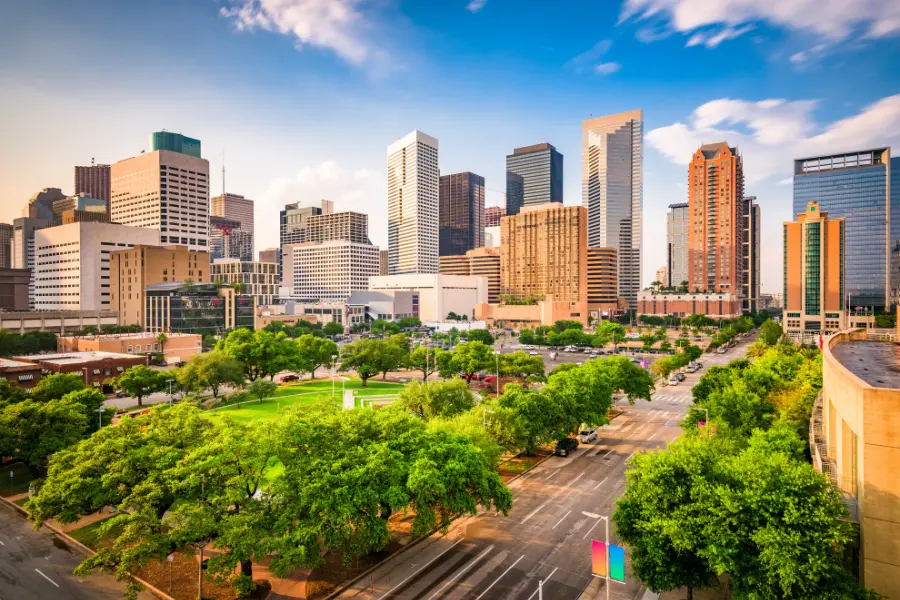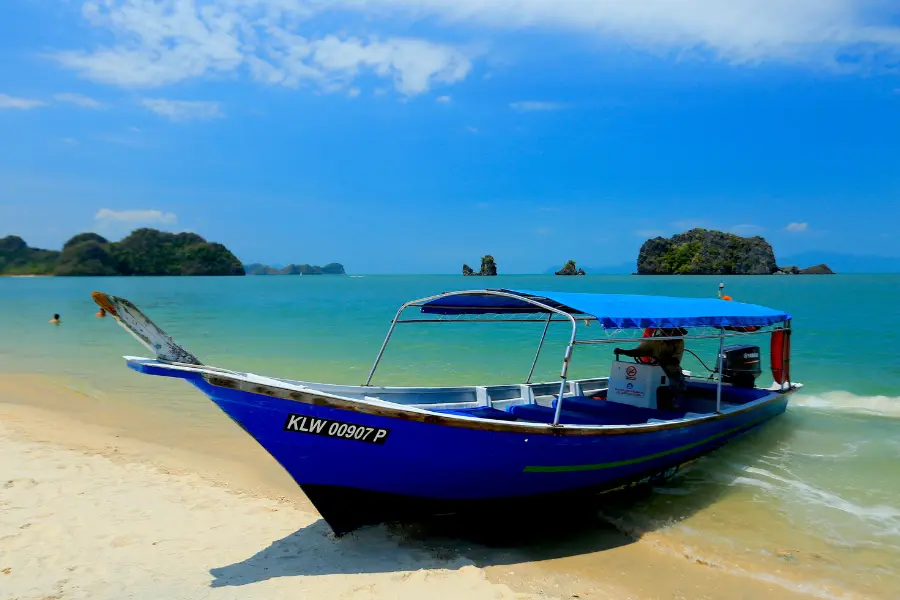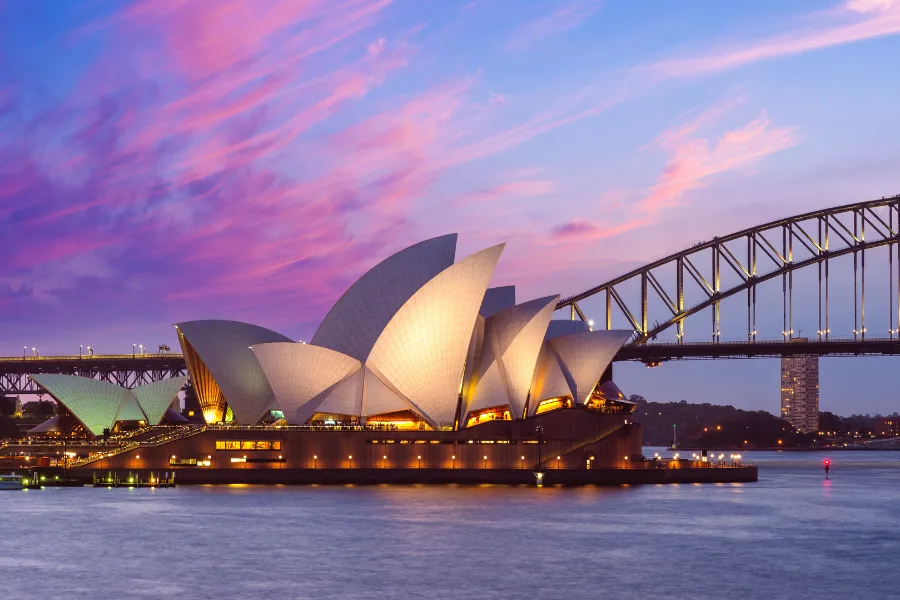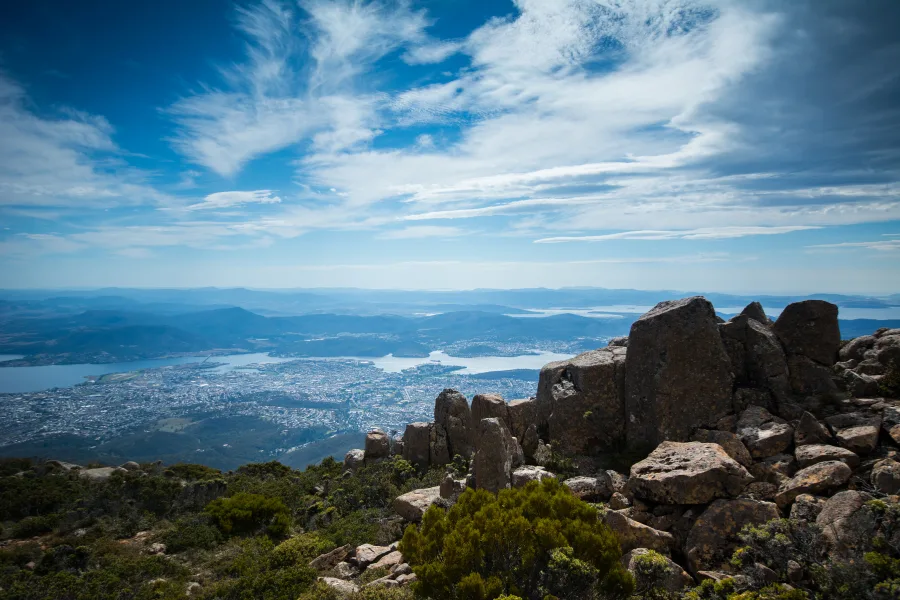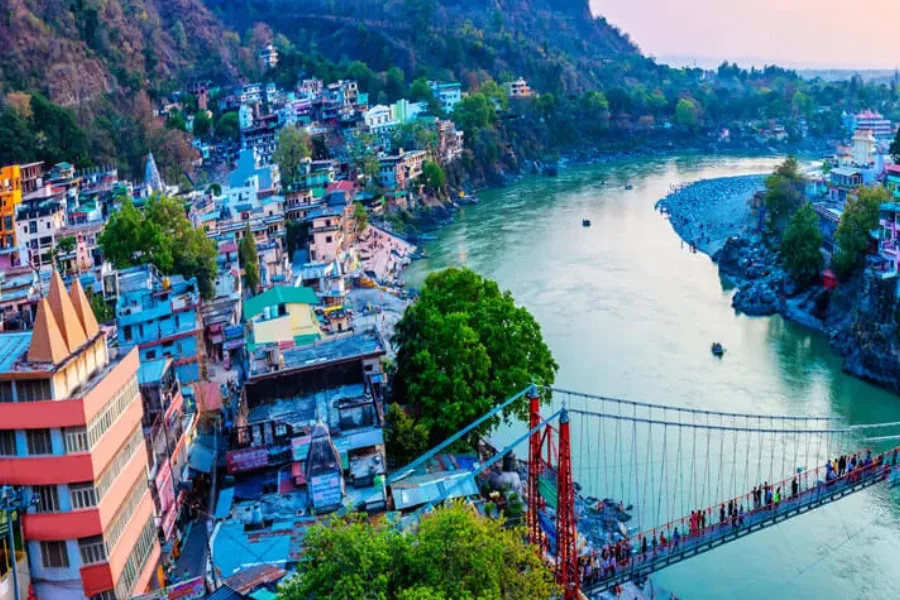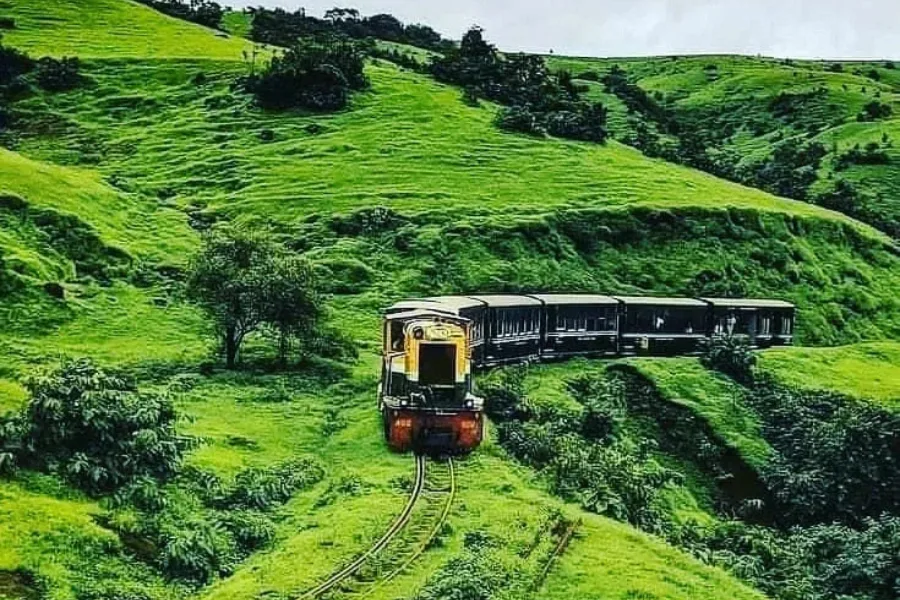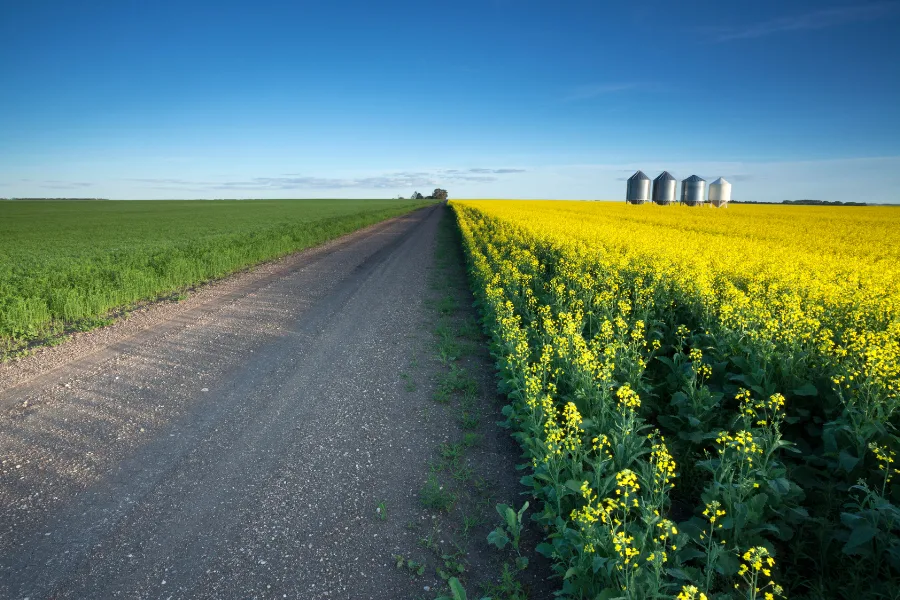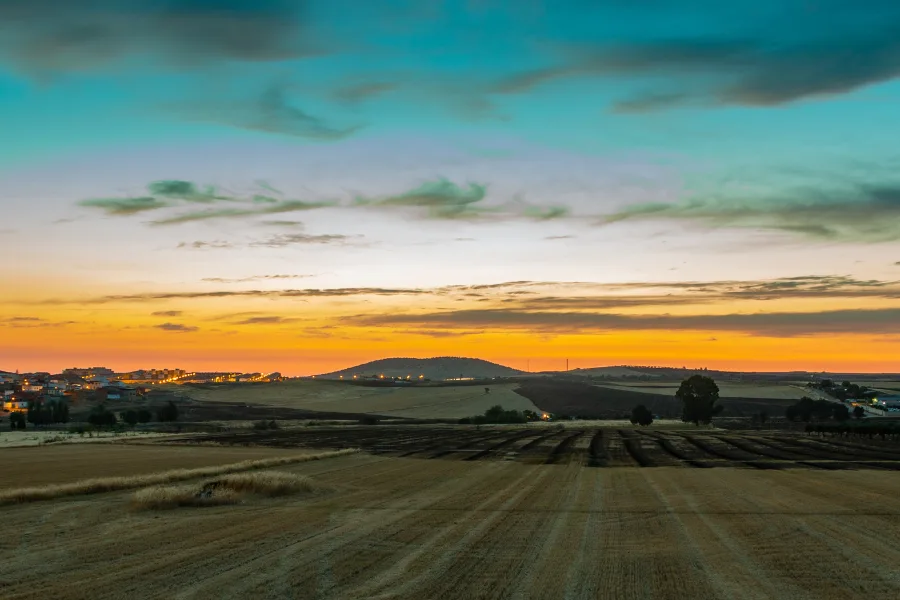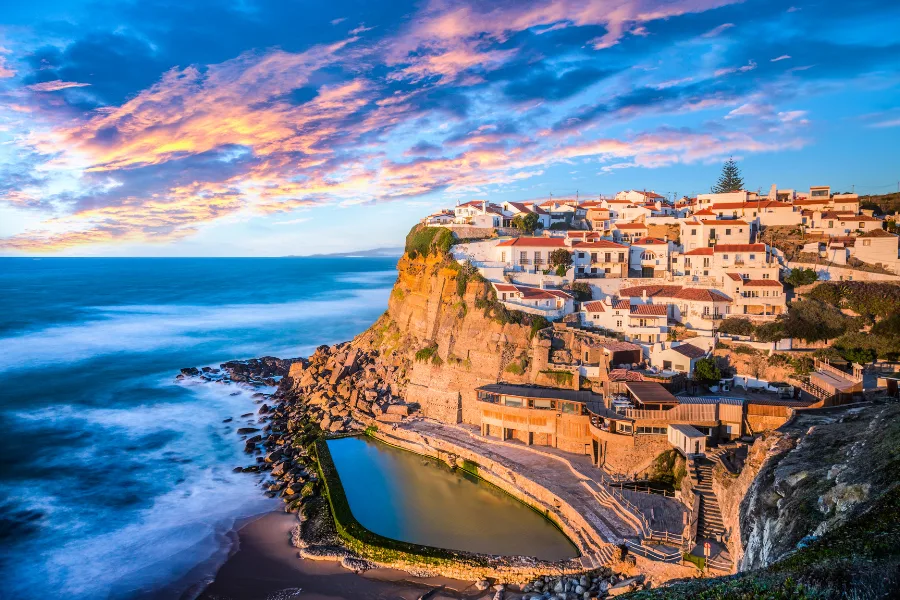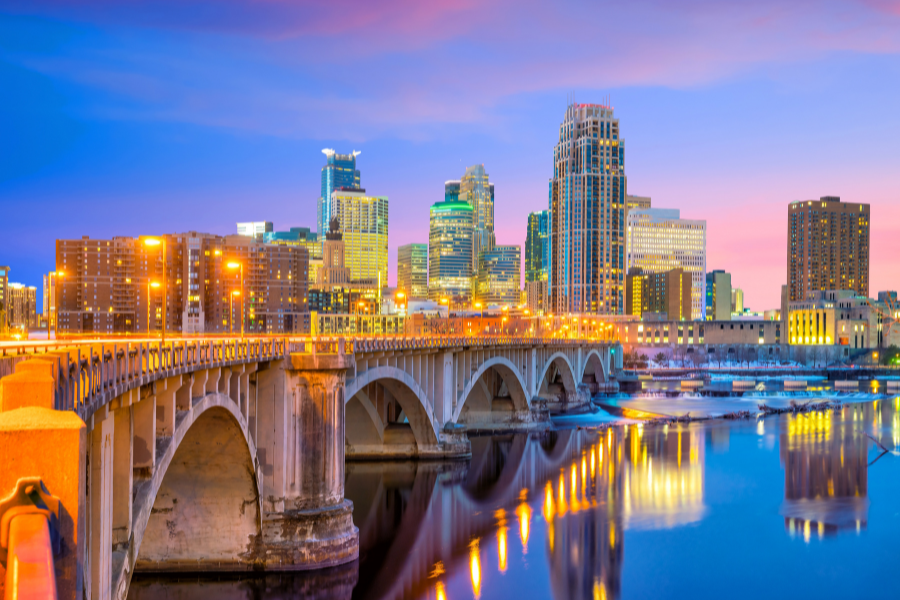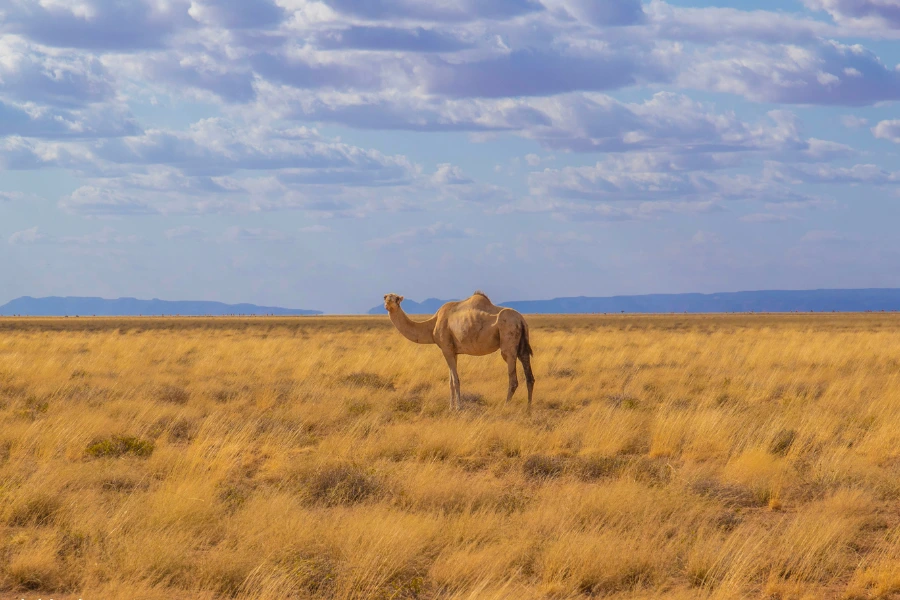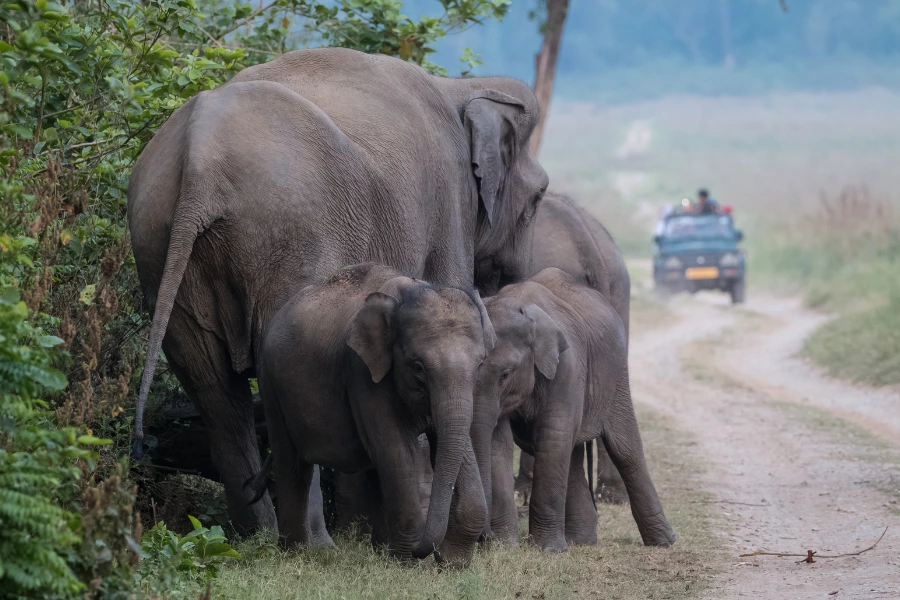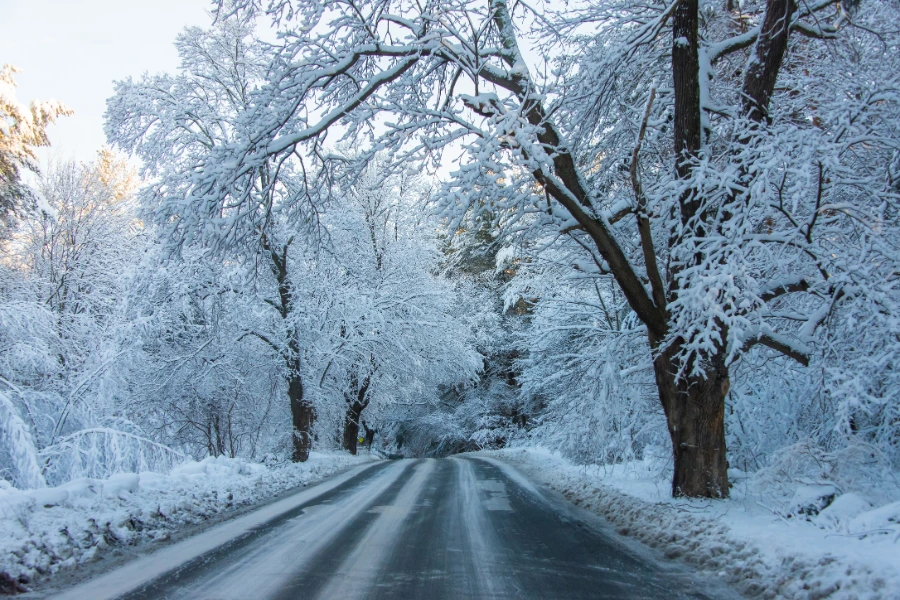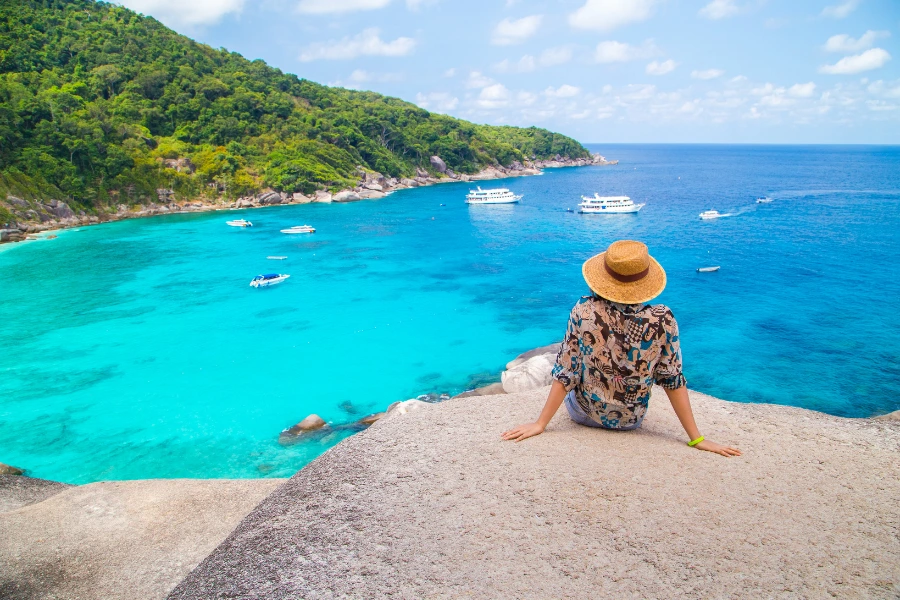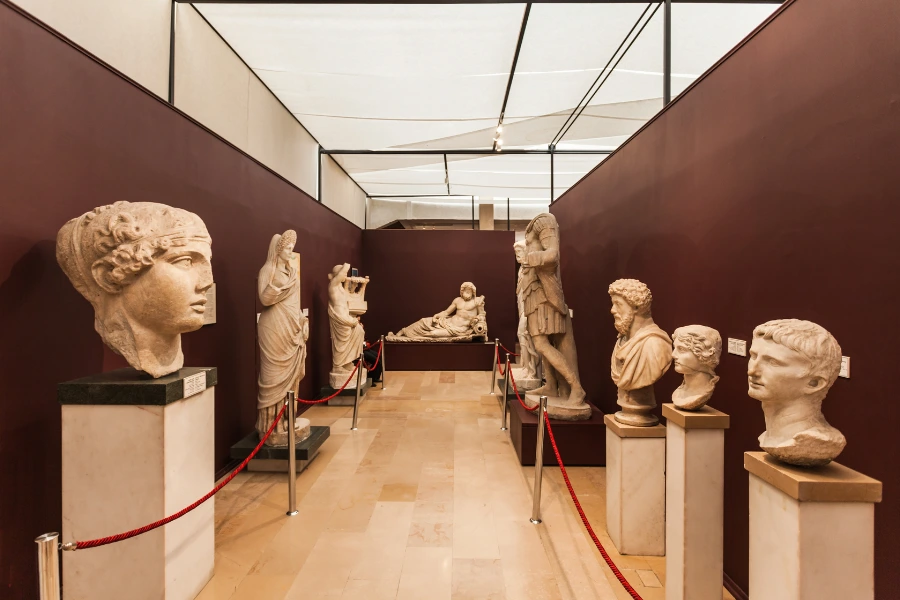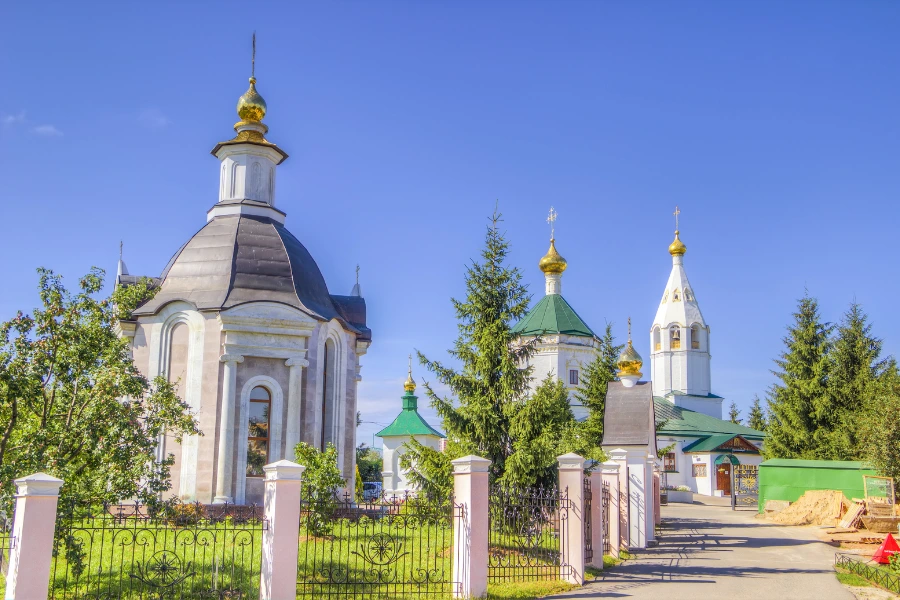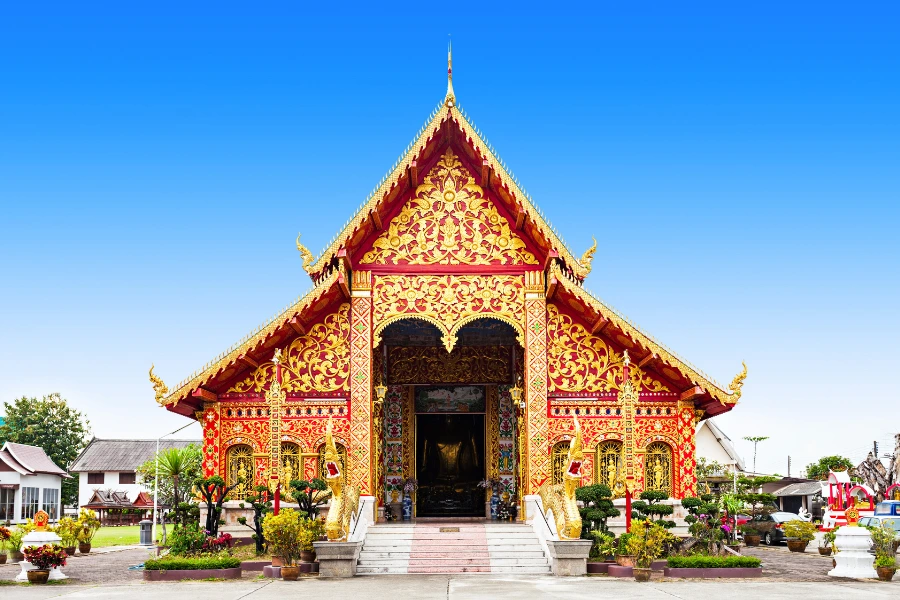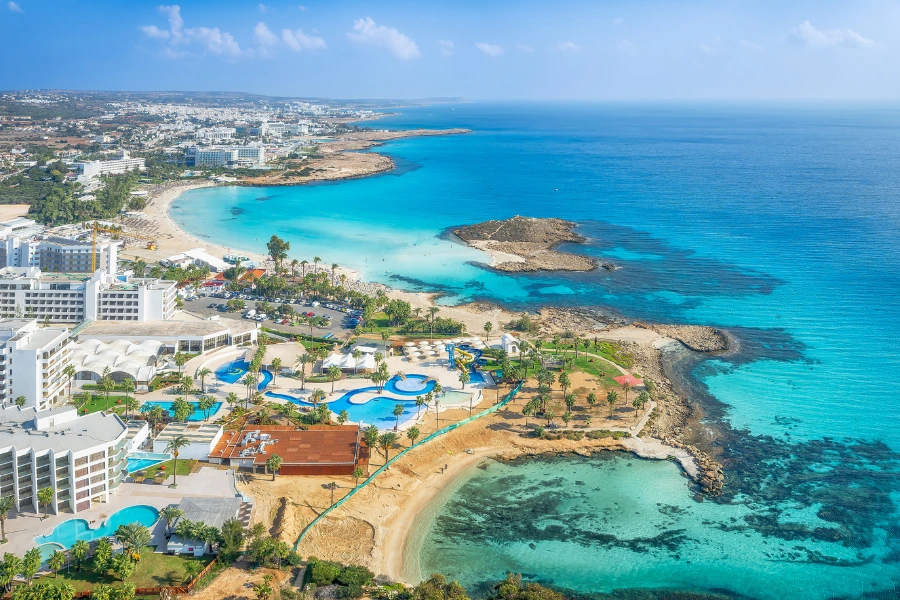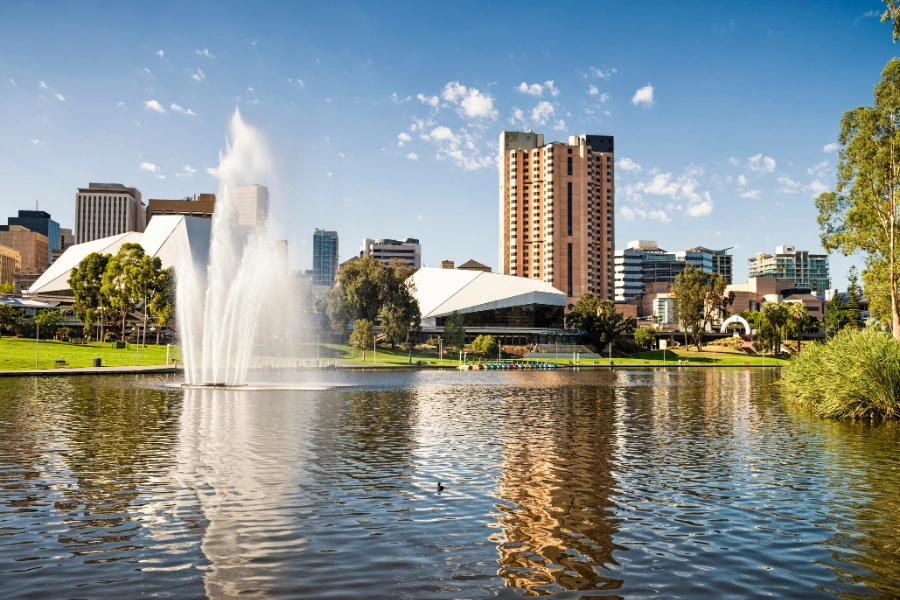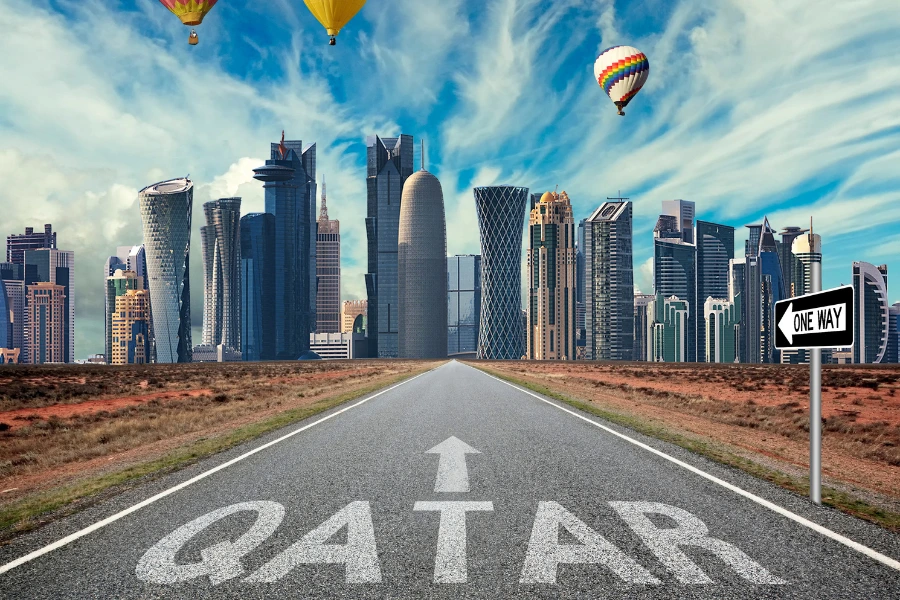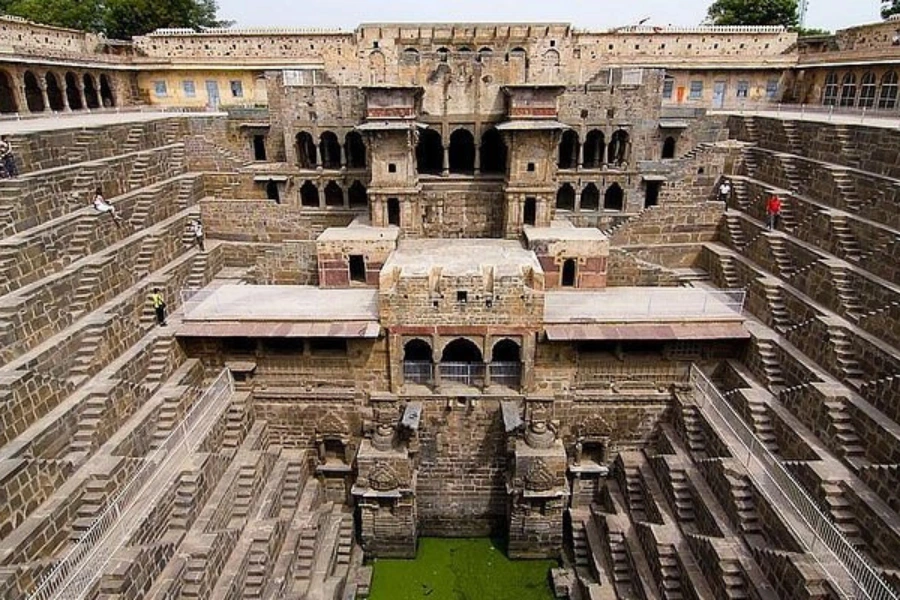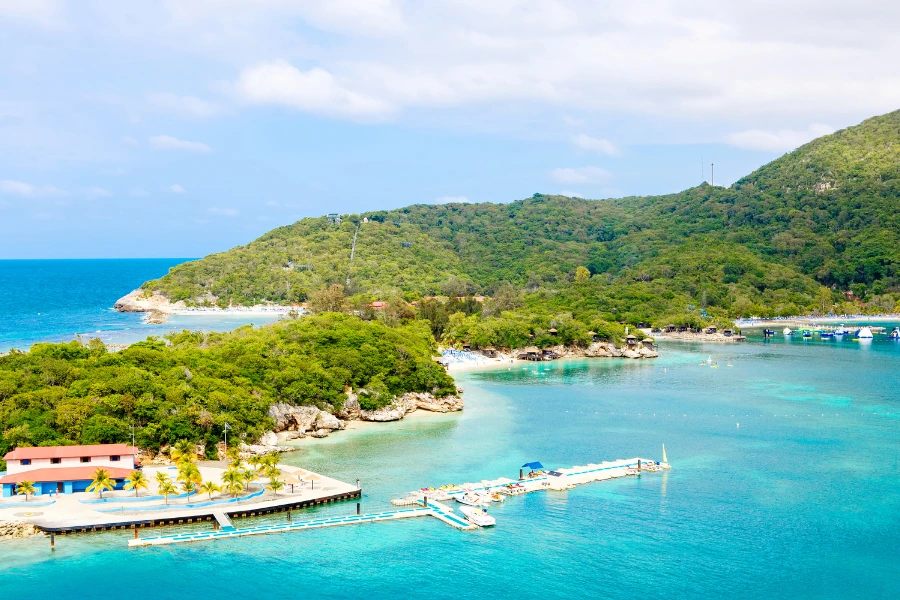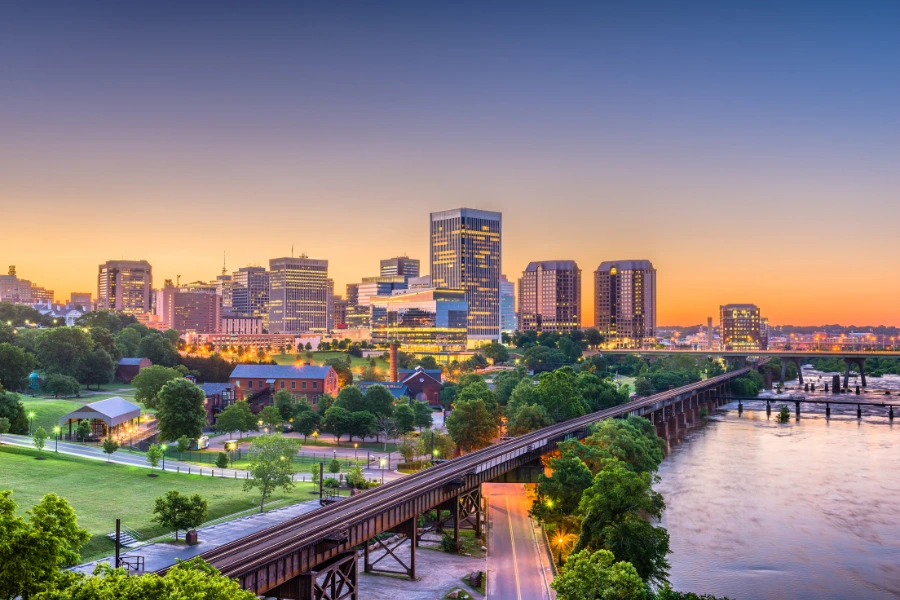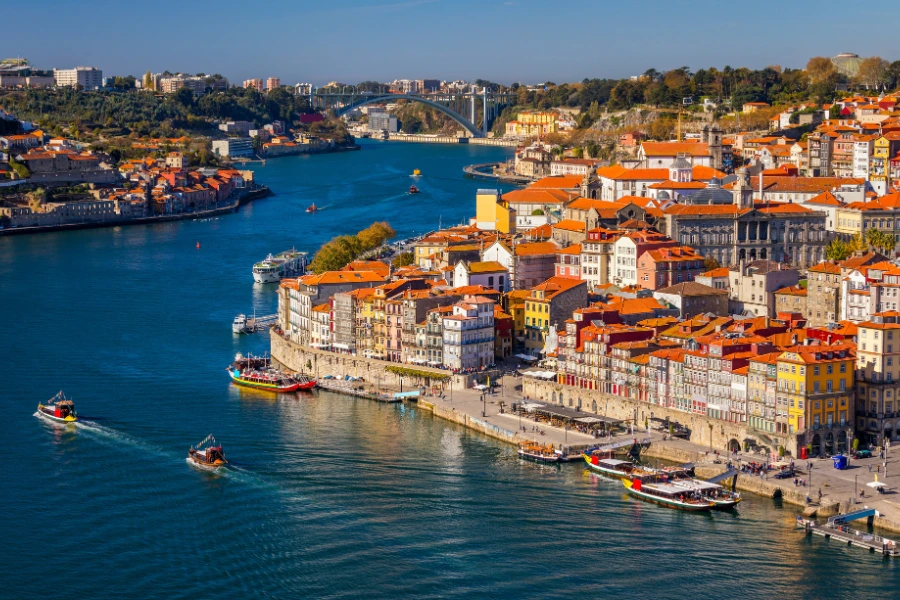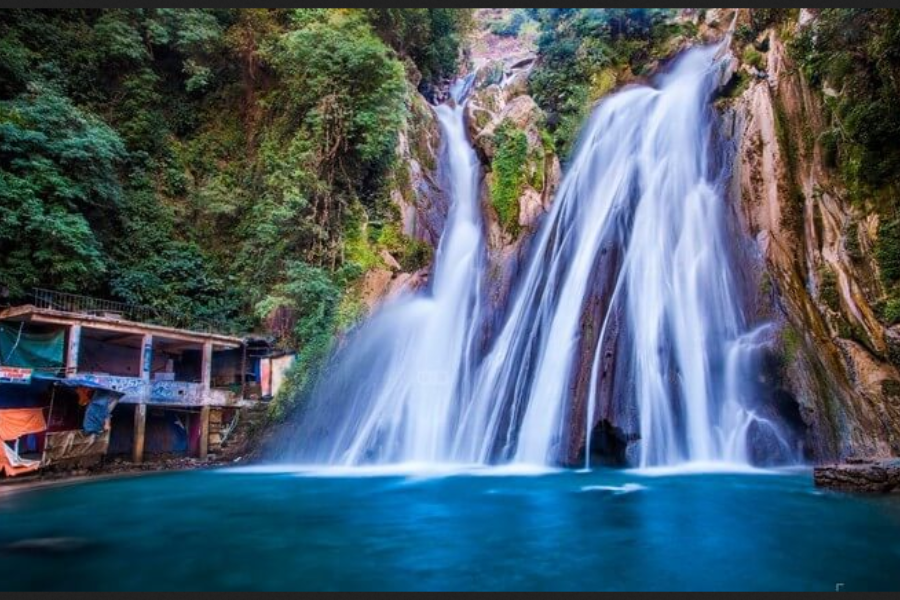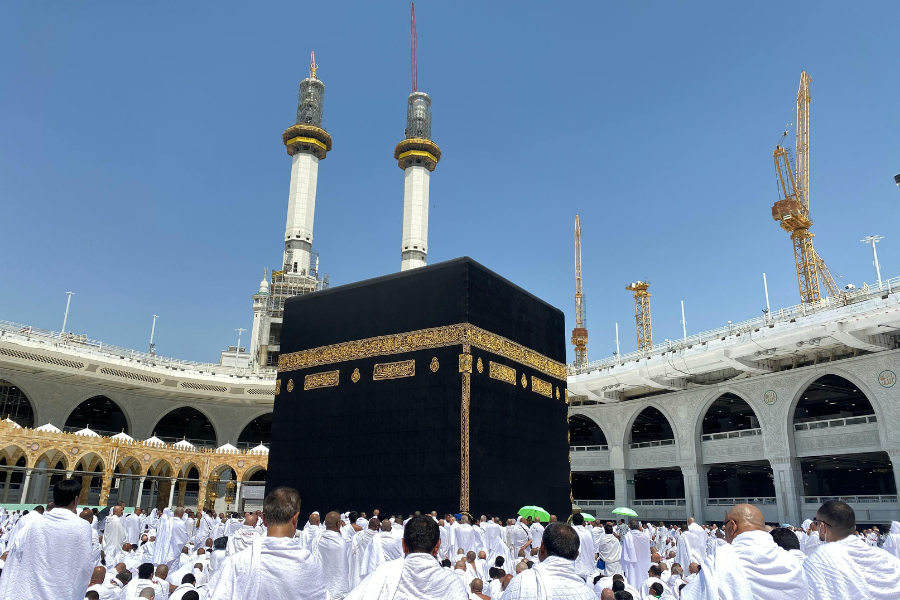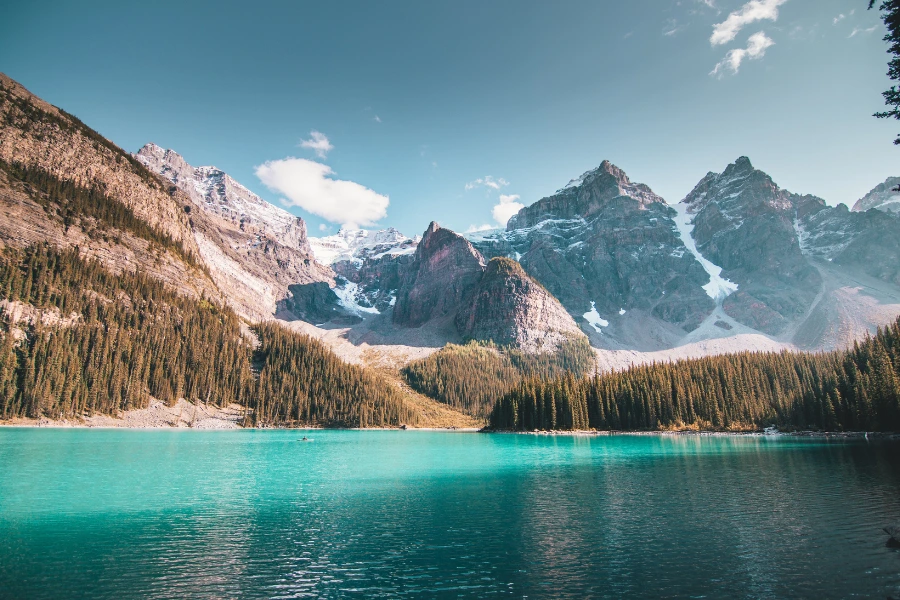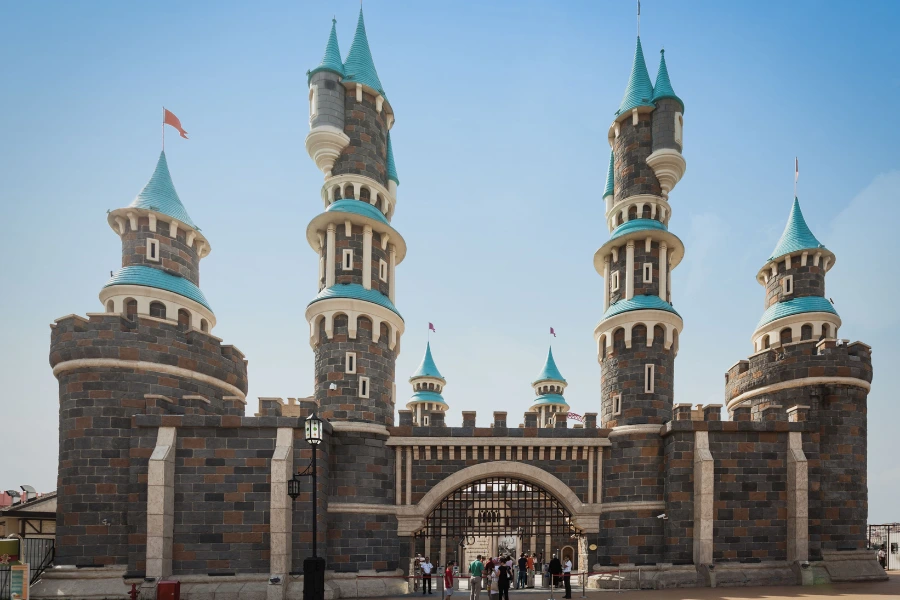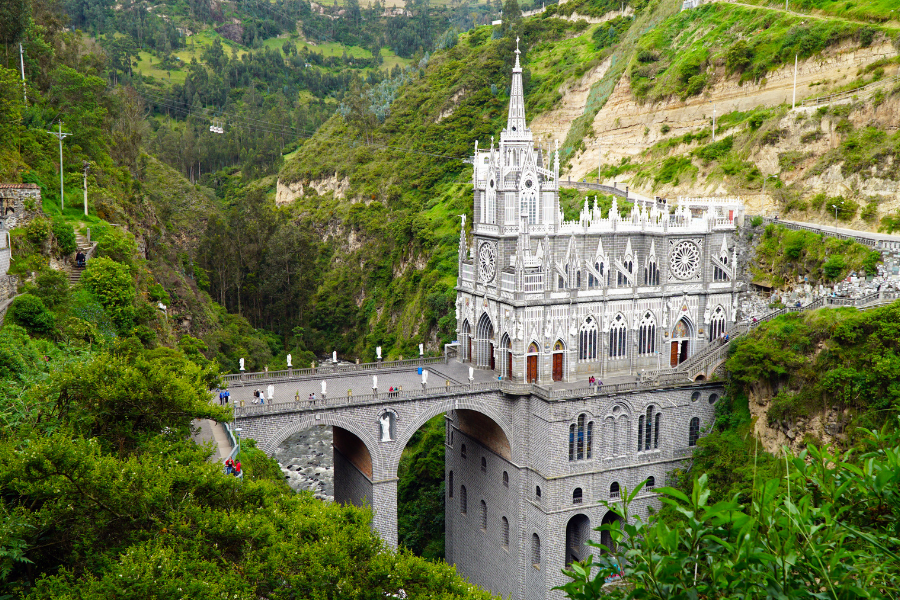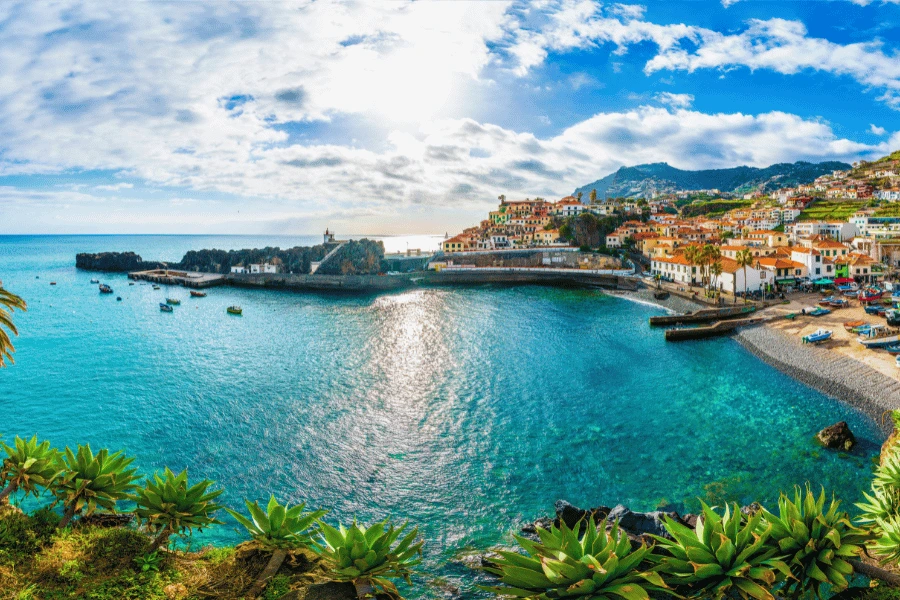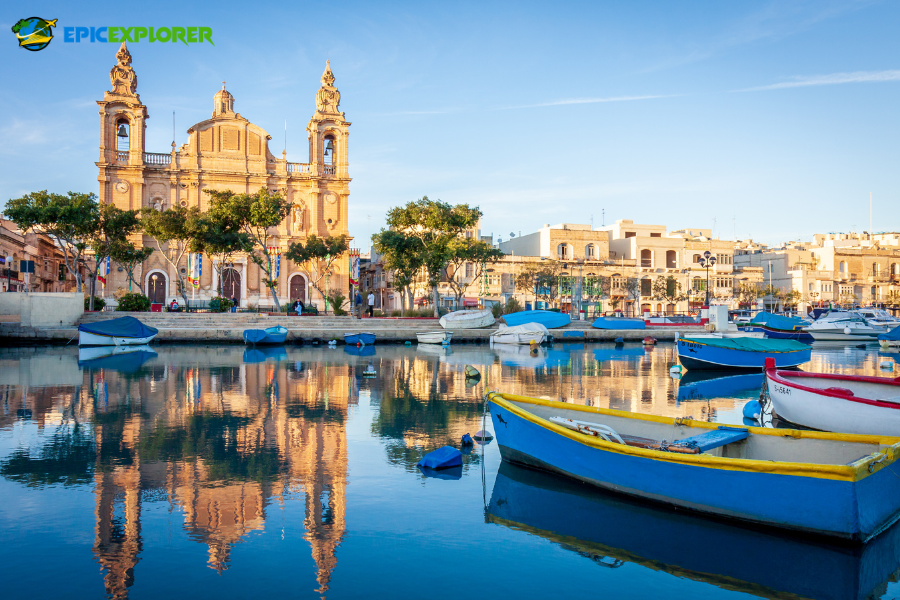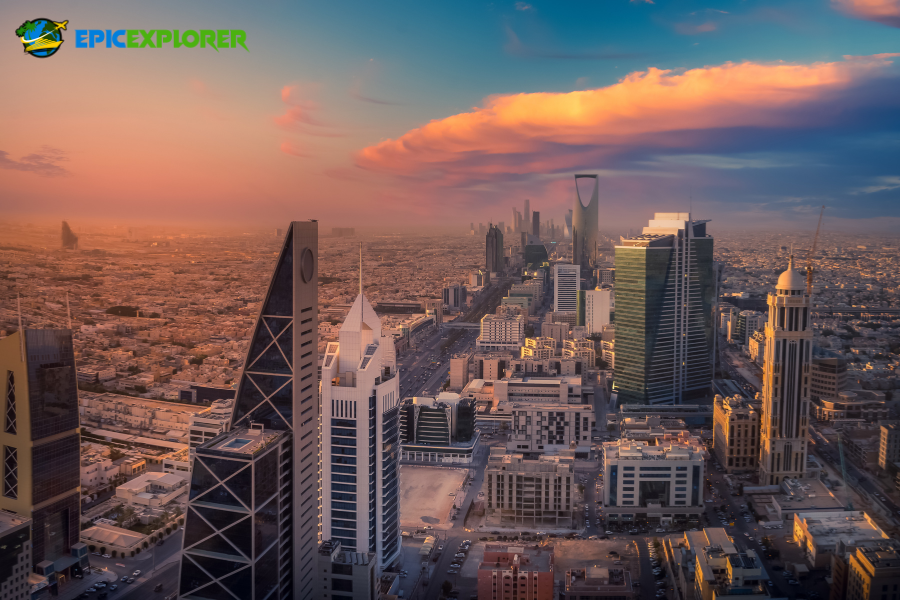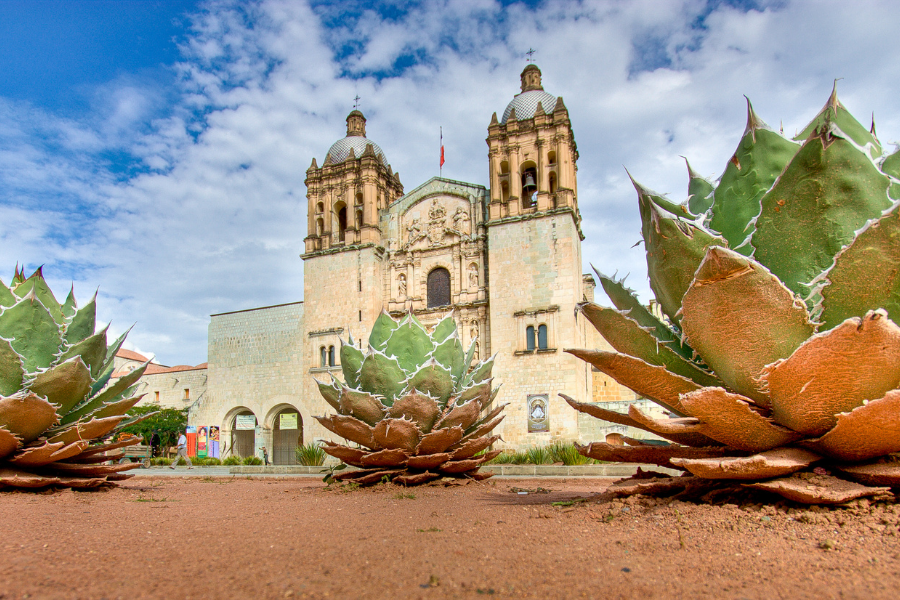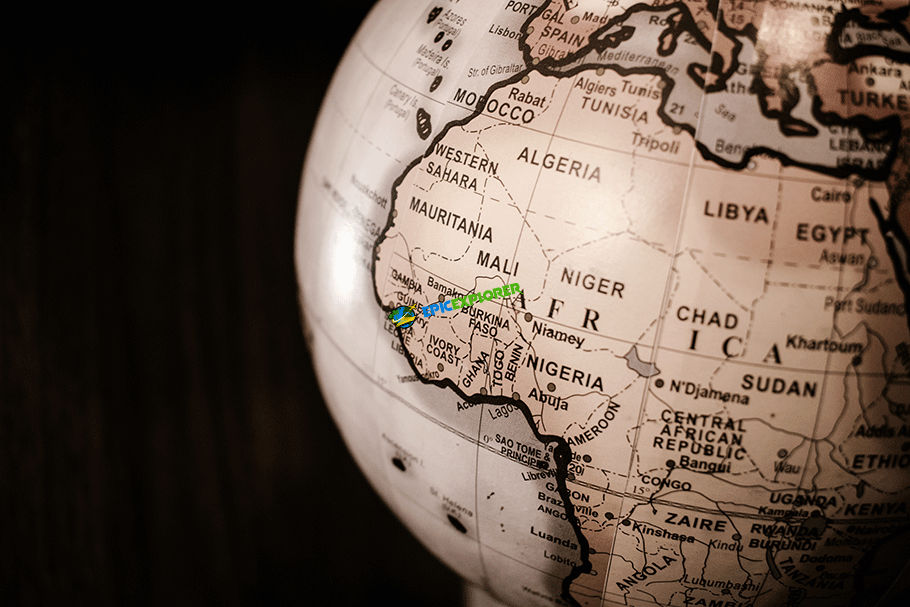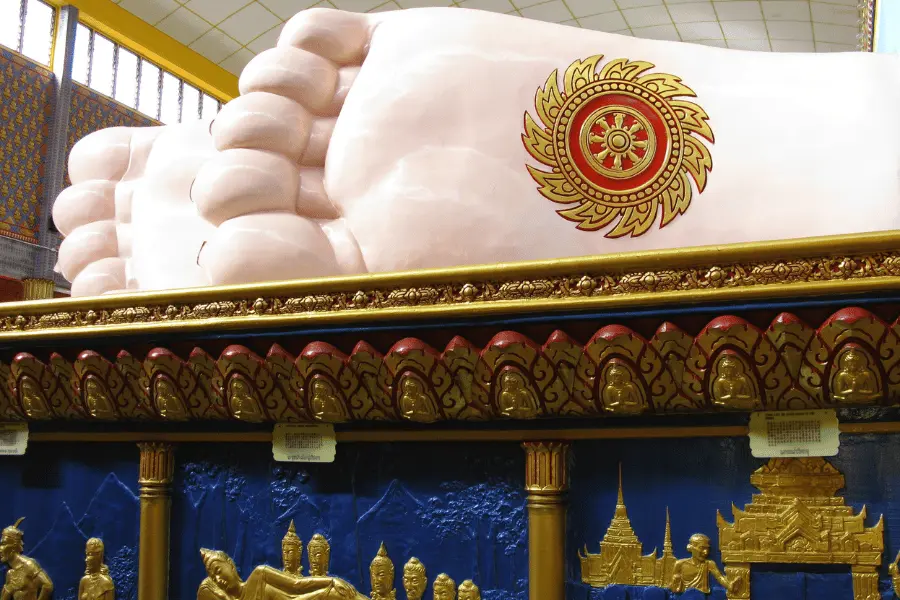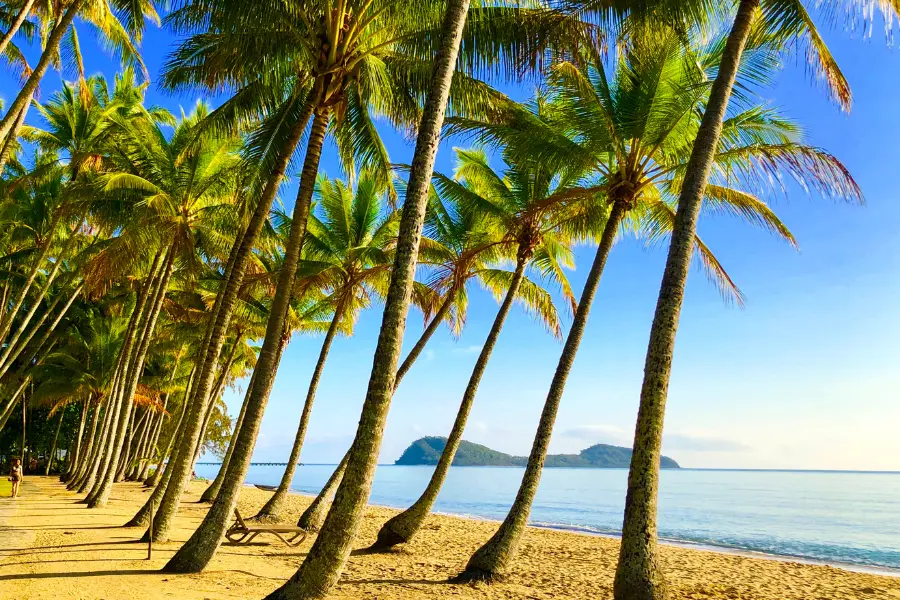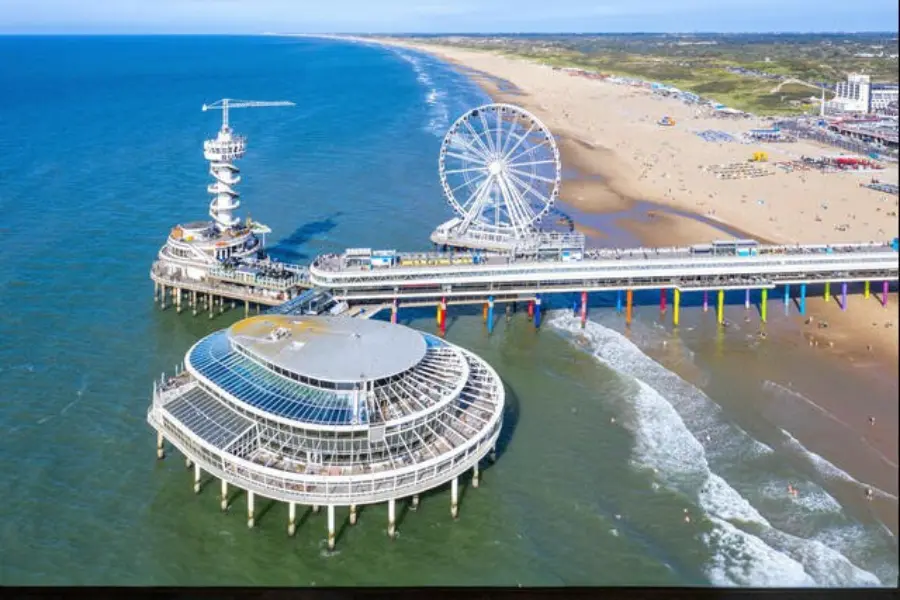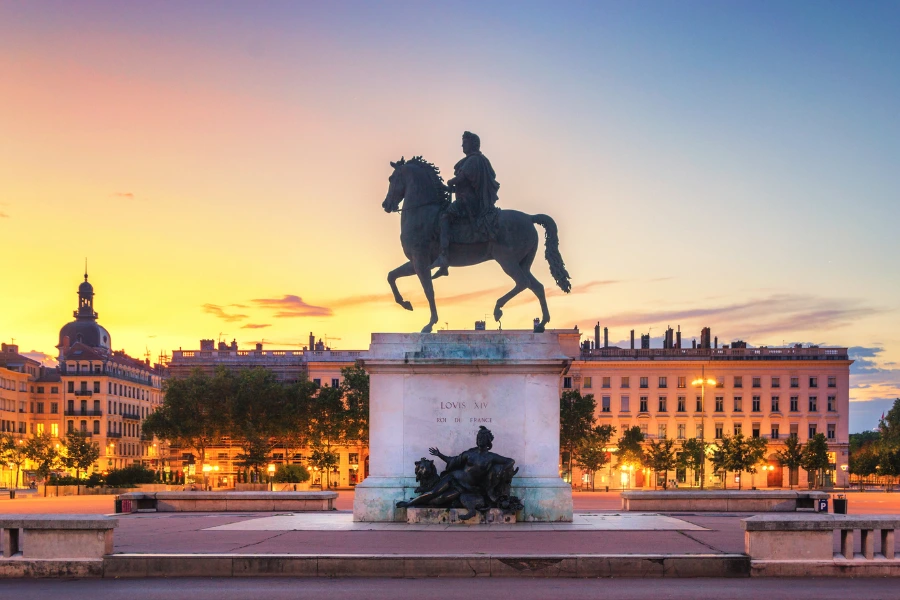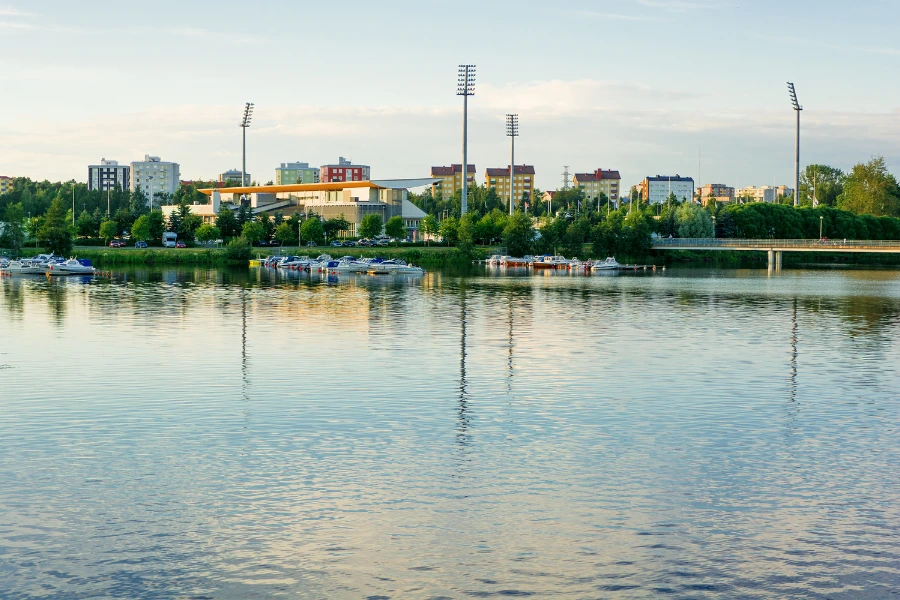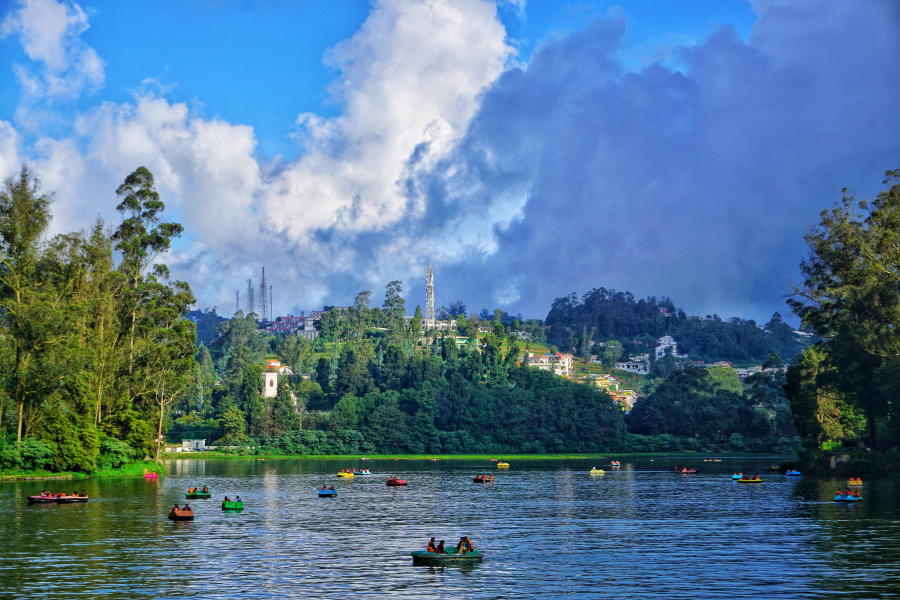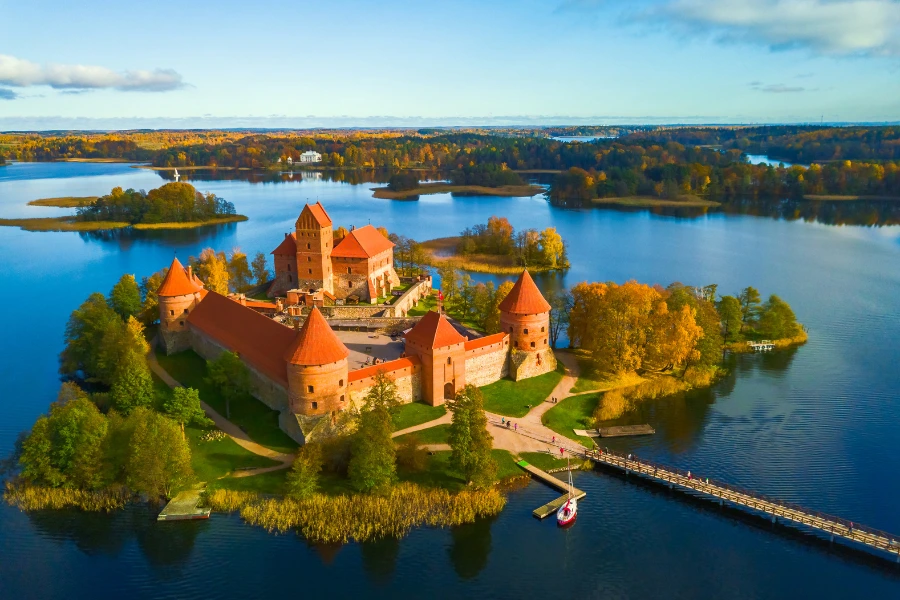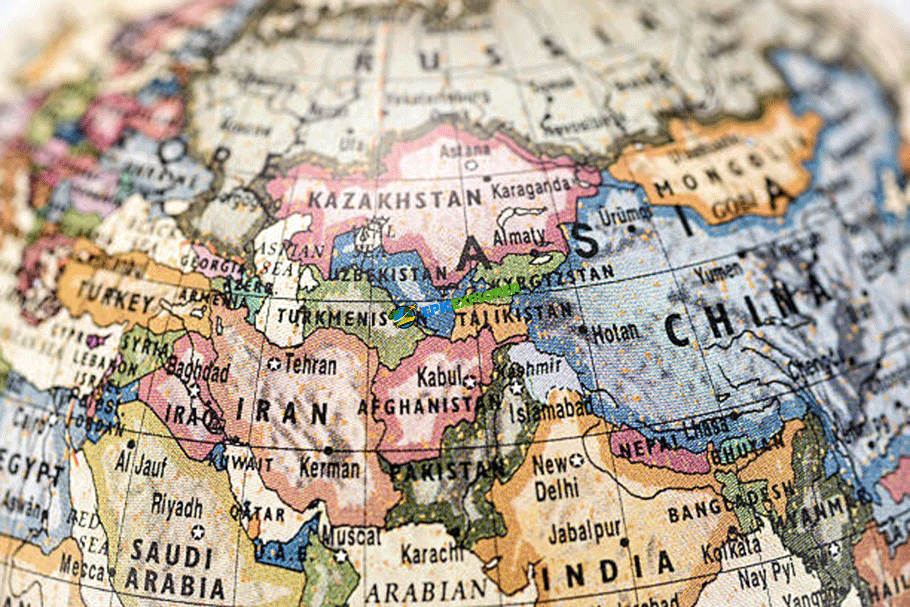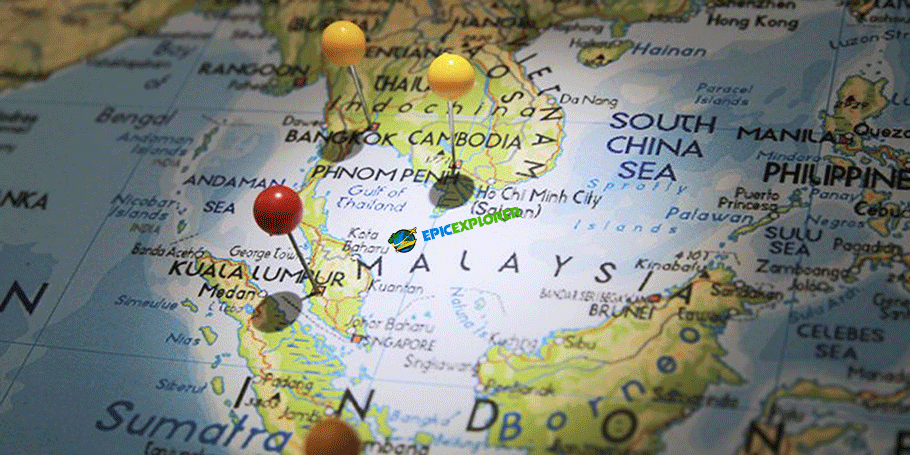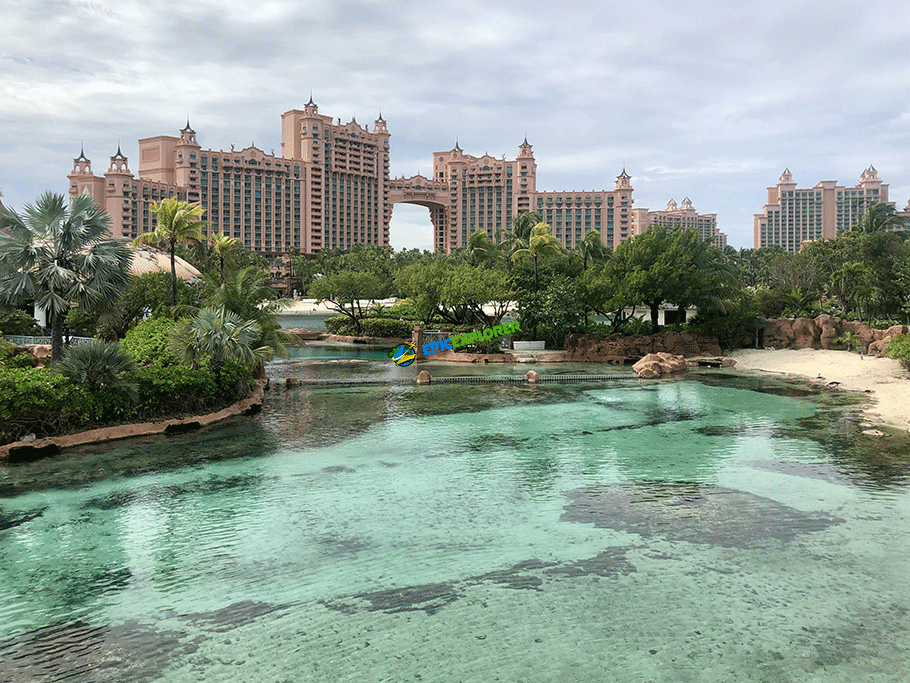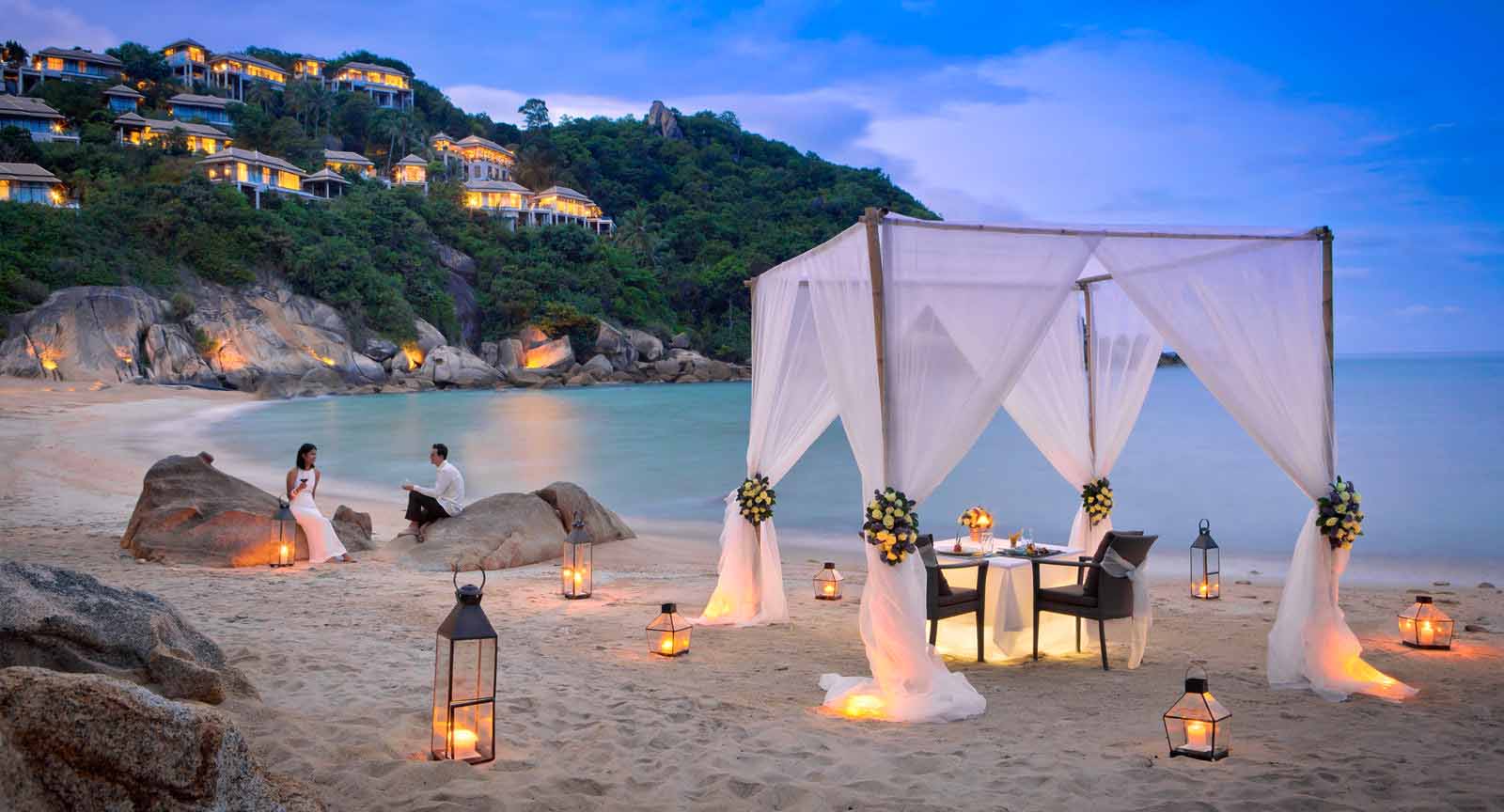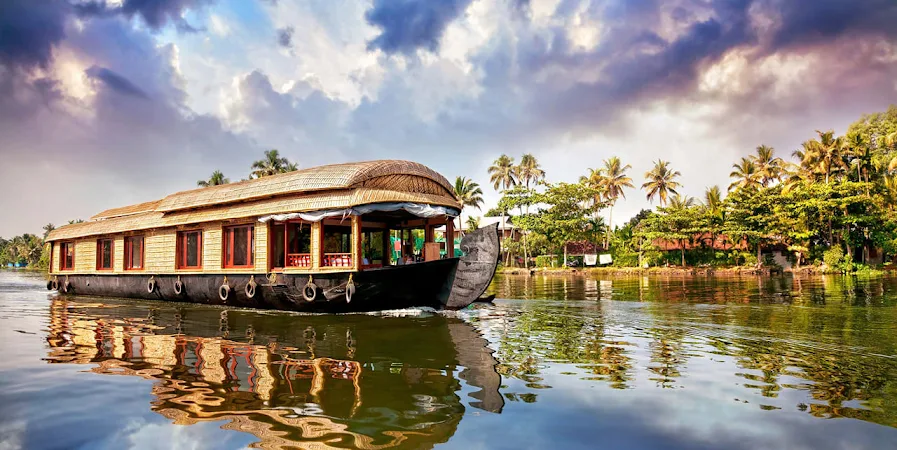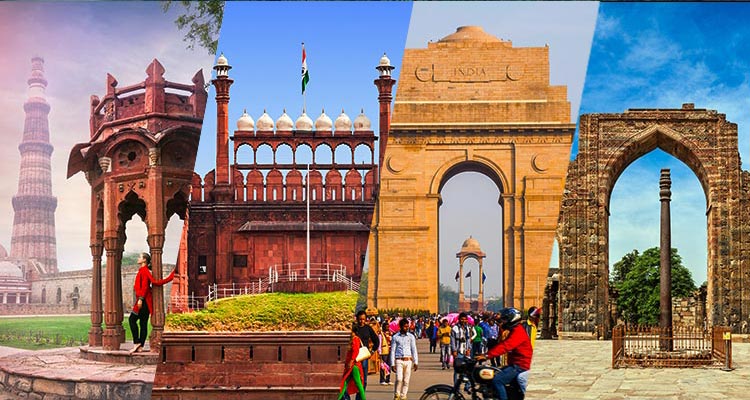Discovering the Cultural Tapestry of Colombia's Top 10 Cities
This exploration of Colombia's cities unveils a tapestry of history, culture, and natural beauty, inviting travelers to immerse themselves in the diverse stories each destination has to tell.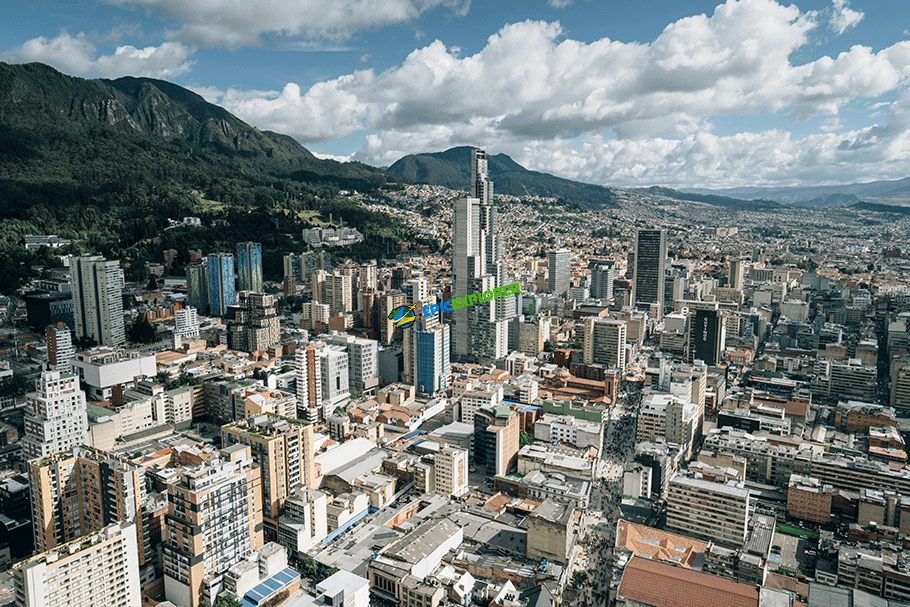
1. Bogotá:
History: Founded in 1538, Bogotá, Colombia's sprawling capital, showcases a seamless blend of colonial charm and modern energy. Positioned at an elevation of 2,640 meters in the Andes, it's one of the highest capital cities globally. Beyond its founding, the city played a pivotal role in Colombia's struggle for independence. La Candelaria, the historic district, boasts cobblestone streets lined with centuries-old houses, reflecting Spanish colonial architecture. The Gold Museum, housing over 55,000 pieces of pre-Columbian gold artifacts, narrates the indigenous cultures predating European arrival. Ascend Monserrate, the iconic mountain dominating the city skyline, for breathtaking views. Bogotá's rich history unfolds in its landmarks, cultural hubs, and the vibrant energy of its diverse neighborhoods.
Best Places: Explore the historic La Candelaria, delve into the Gold Museum's artifacts, and ascend Monserrate for panoramic city views.
Best Time to Visit: The dry seasons, from December to March and July to August, offer pleasant weather.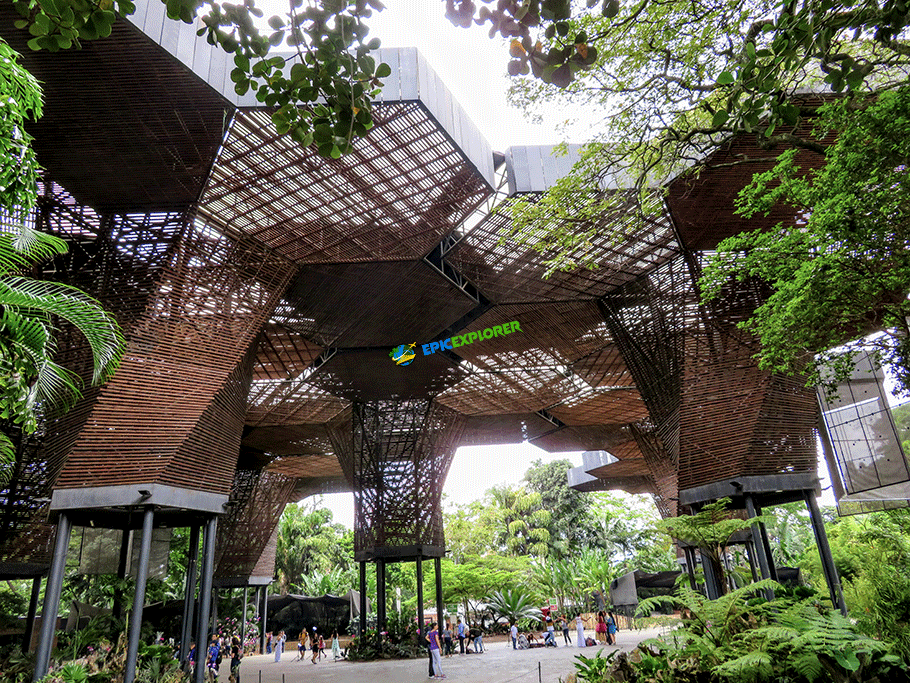
2. Medellín:
History: Established in 1616, Medellín, nestled in the Aburrá Valley, has metamorphosed from a tumultuous past to a city pulsating with innovation. Once synonymous with drug cartels, Medellín's radical transformation earned it the moniker "City of Eternal Spring." This transformation is evident in its efficient public transportation, burgeoning art scene, and the resilient spirit of its residents. Plaza Botero, adorned with sculptures by the renowned artist Fernando Botero, reflects the city's commitment to art. Comuna 13, once a notorious neighborhood, now boasts vibrant street art, a testament to the community's revival. The Metrocable, an aerial cable car system, not only facilitates transportation but offers visitors stunning views of the city's landscape.
Best Places: Plaza Botero showcases the famed artist's sculptures, Comuna 13's vibrant street art tells a story of transformation, and the Metrocable offers breathtaking views.
Best Time to Visit: Year-round, with consistently pleasant weather.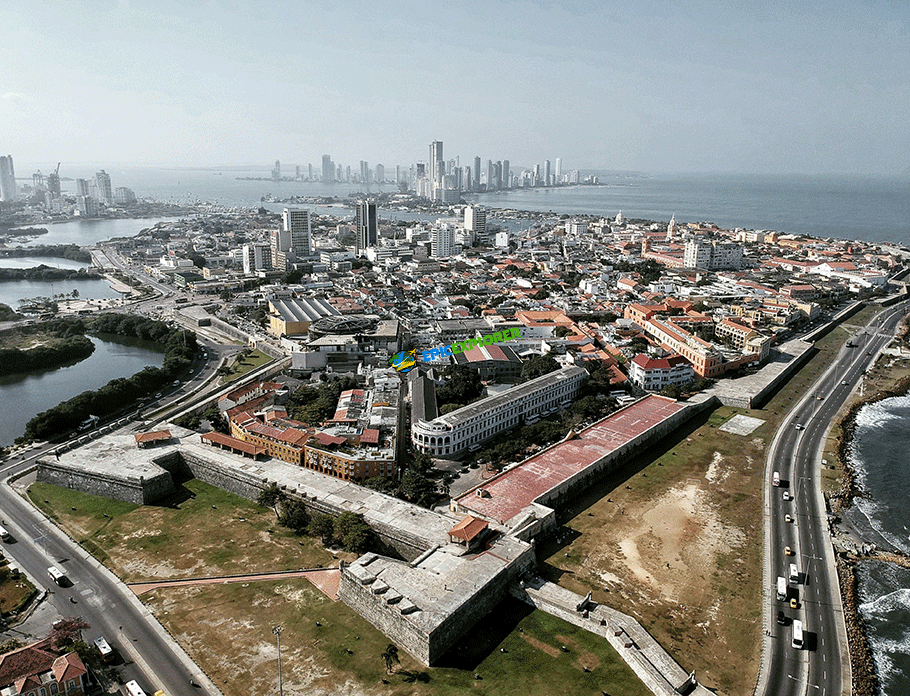
3. Cartagena:
History: Dating back to 1533, Cartagena preserves its colonial heritage within its fortified walls, narrating tales of Spanish conquest and pirate invasions. This Caribbean gem served as a crucial port for transporting gold and silver to Spain during the colonial era, attracting the attention of pirates and privateers. The city's architecture reflects a fusion of Spanish, African, and indigenous influences, making it a UNESCO World Heritage site. Its historical significance extends to being a center of African slave trade in the Americas.
Best Places: Wander through the walled city's colorful streets, explore Castillo San Felipe de Barajas for historical immersion, and unwind on the pristine beaches of the Rosario Islands.
Best Time to Visit: The dry season, from December to March, is ideal.
4. Cali:
History: Founded in 1536, Cali pulses with the rhythms of salsa music. As the world's salsa capital, the city immerses visitors in a lively and passionate cultural scene. Beyond its musical fame, Cali played a vital role in Colombia's fight for independence, with significant battles fought in its vicinity.
Best Places: Dance the night away in Juanchito, explore the vibrant San Antonio neighborhood, and visit the Gato de Tejada monument.
Best Time to Visit: December during the Cali Fair for an explosion of festivities.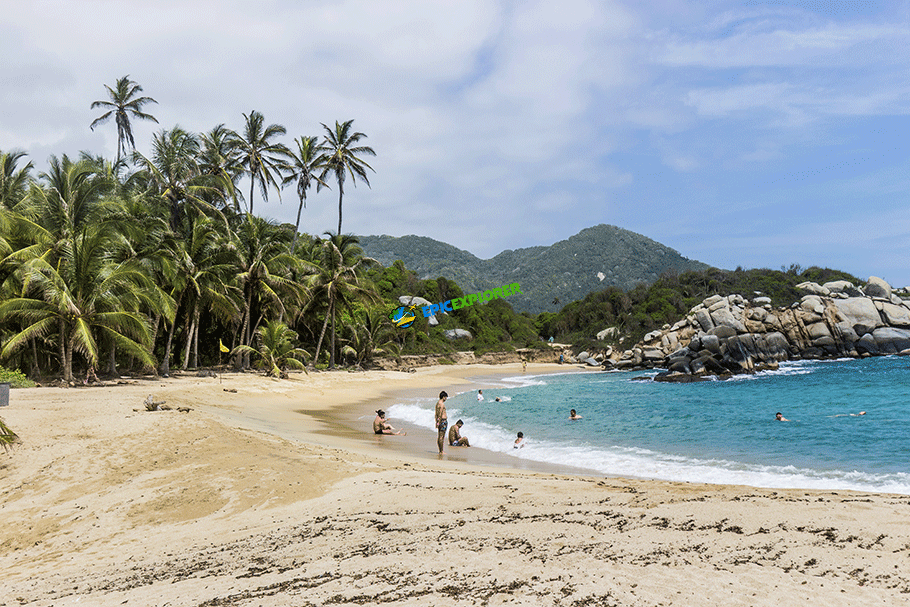
5. Barranquilla:
History: Established in 1629, Barranquilla is a lively port city known for its exuberant Carnival, rivaling Rio de Janeiro's celebrations. Its history revolves around its strategic location on the Magdalena River, fostering trade and cultural exchange. The Barranquilla Carnival, one of the largest in the world, has roots in both African and European traditions, creating a unique blend of music, dance, and vibrant costumes.
Best Places: Immerse yourself in the vibrant Carnival of Barranquilla, explore the Museo del Caribe for regional history, and enjoy a leisurely stroll along the Malecón.
Best Time to Visit: February for the Carnival festivities.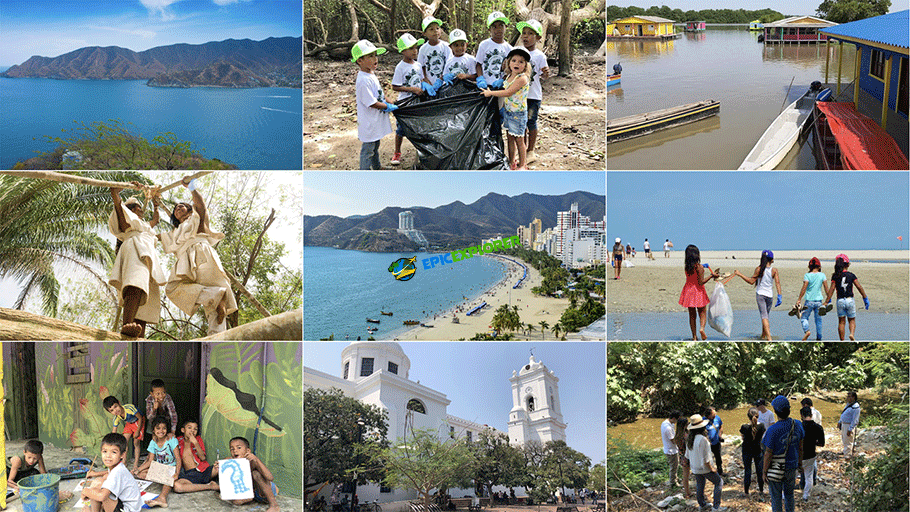
6. Santa Marta:
History: Founded in 1525, Santa Marta proudly claims the title of Colombia's oldest surviving city. Positioned on the Caribbean coast, it served as a crucial hub during the Spanish colonial era. Santa Marta witnessed the arrival of Simon Bolivar, a key figure in South America's fight for independence, making it a city steeped in revolutionary history.
Best Places: Explore the natural wonders of Parque Nacional Natural Tayrona, visit Quinta de San Pedro Alejandrino with historical significance, and embark on a transformative hike to Ciudad Perdida.
Best Time to Visit: December to March during the dry season.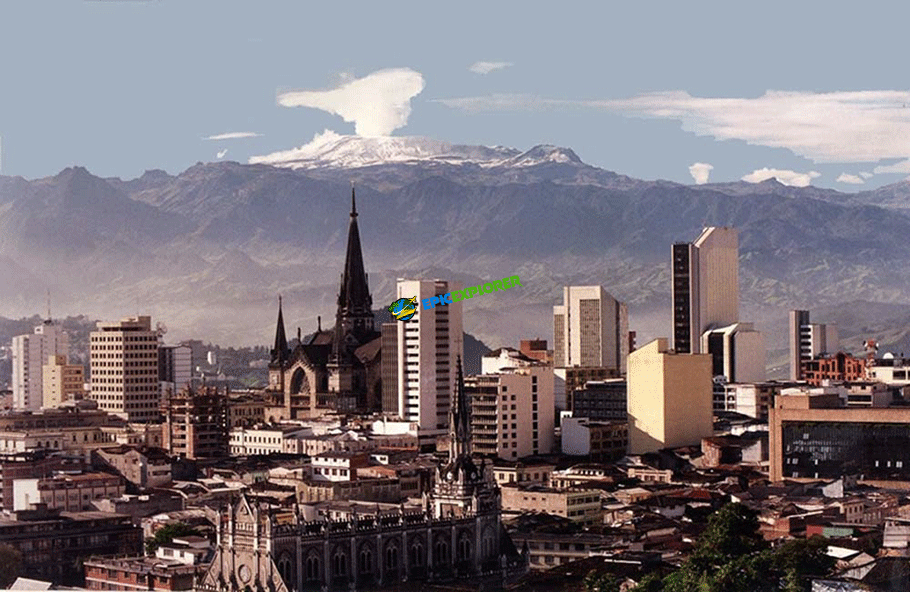
7. Manizales:
History: Founded in 1849, Manizales thrives in the heart of the Andes, celebrated for its coffee culture and panoramic landscapes. Its origin is closely tied to the economic boom brought by the coffee industry, attracting settlers in search of wealth. Nestled on the slopes of the Ruiz Volcano, Manizales has endured natural disasters, including volcanic eruptions and earthquakes.
Best Places: Marvel at the Cathedral Basilica of Our Lady of Rosary, explore Los Nevados National Natural Park for pristine nature, and enjoy breathtaking views from the Chipre viewpoint.
Best Time to Visit: December to February for pleasant weather.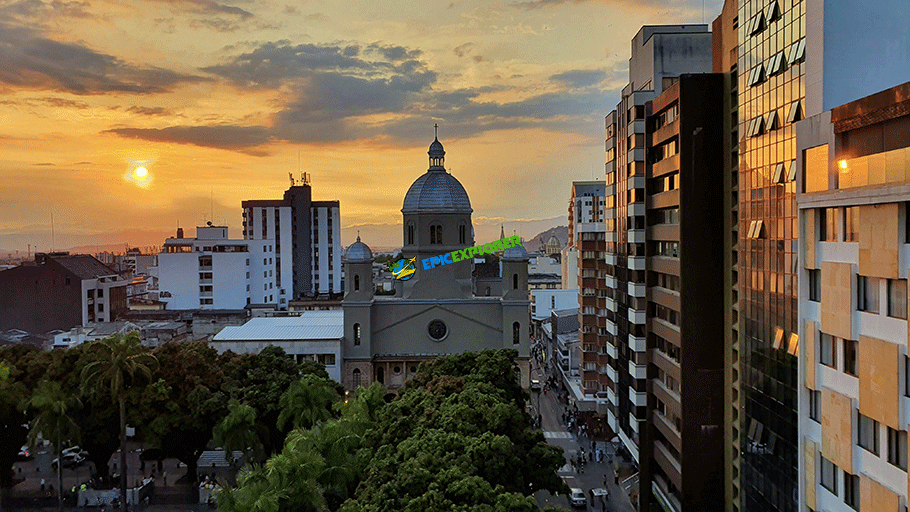
8. Pereira:
History: Established in 1863, Pereira is nestled within the Coffee Cultural Landscape, a UNESCO-recognized region celebrated for its coffee production. Its growth paralleled the rise of coffee cultivation in the region, becoming a pivotal center for coffee trade and industry.
Best Places: Visit Matecaña City Zoo, explore the Cathedral of Our Lady of Poverty, and rejuvenate in the hot springs of Santa Rosa de Cabal.
Best Time to Visit: December to March for favorable weather.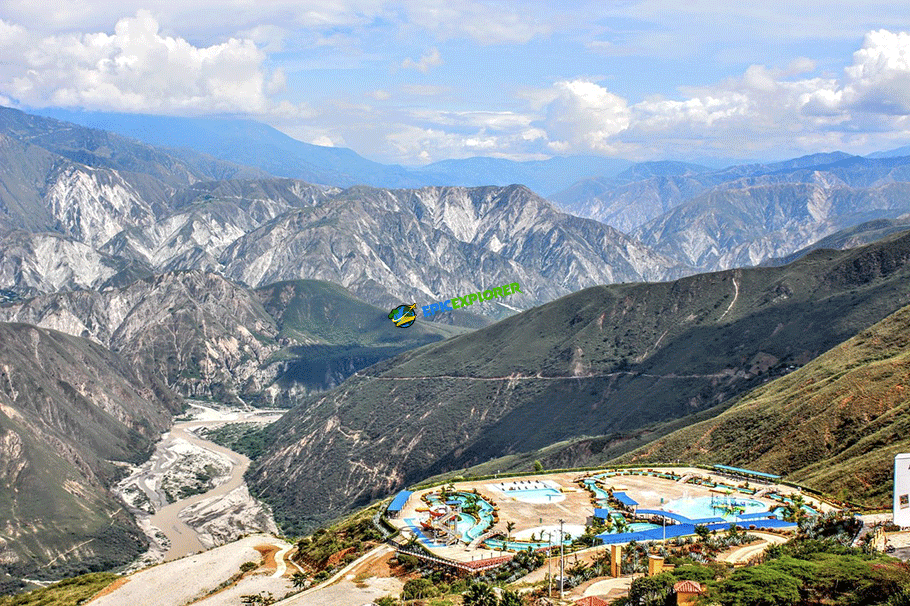
9. Bucaramanga:
History: Founded in 1622, Bucaramanga is known for its lush parks and green spaces, providing a refreshing escape from urban life. Its name, derived from the Guane indigenous language, means "Place of the Herons," a nod to the rich biodiversity in the region.
Best Places: Venture to Chicamocha National Park for awe-inspiring views, explore the charming town of Girón with its colonial charm, and take a leisurely stroll in García Rovira Park.
Best Time to Visit: December to February for pleasant temperatures.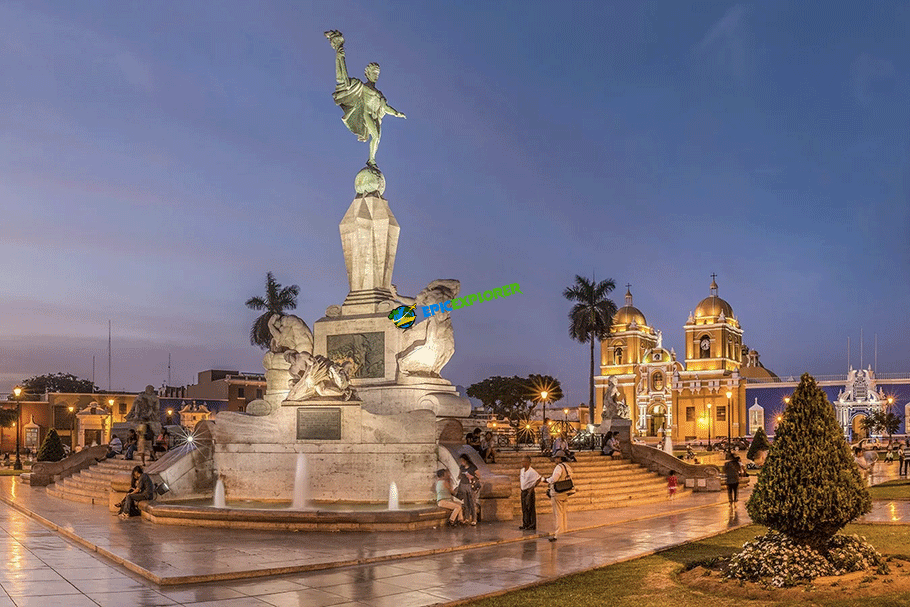
10. Cúcuta:
History: Established in 1733, Cúcuta holds historical significance as a border city with Venezuela, witnessing events pivotal to Colombian history. The city played a crucial role in the independence movement, hosting the Congress of Cúcuta in 1821, which laid the foundation for the Gran Colombia.

